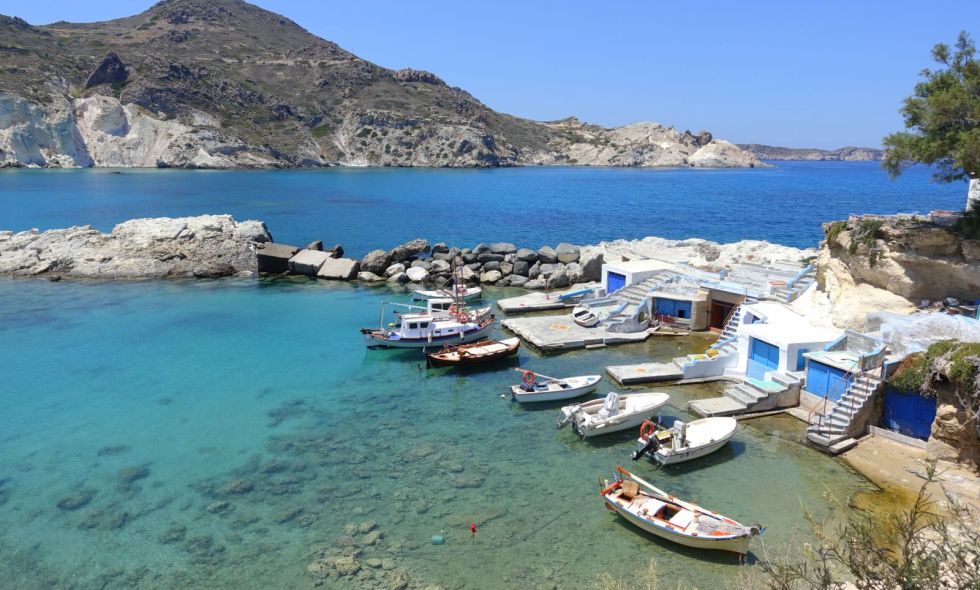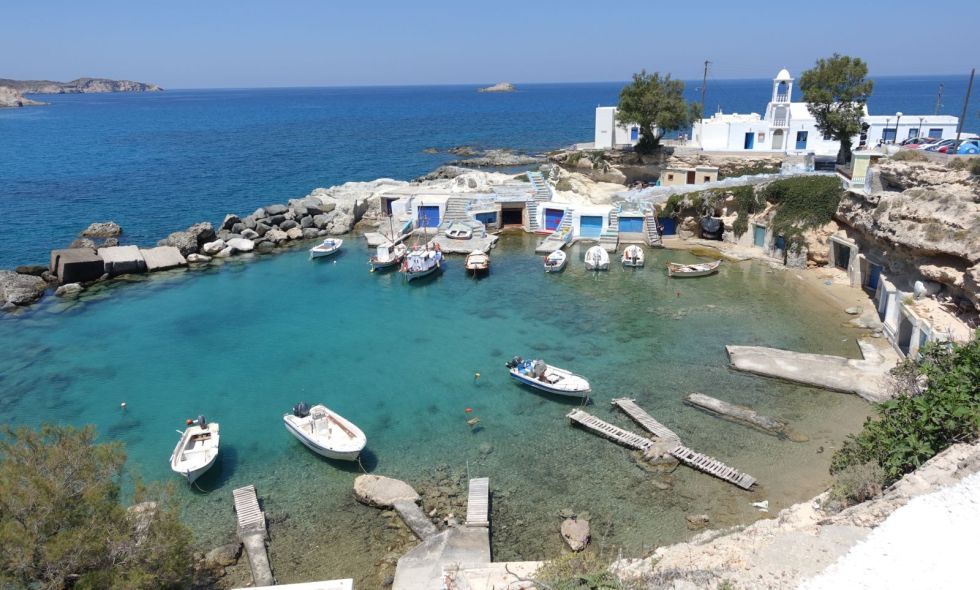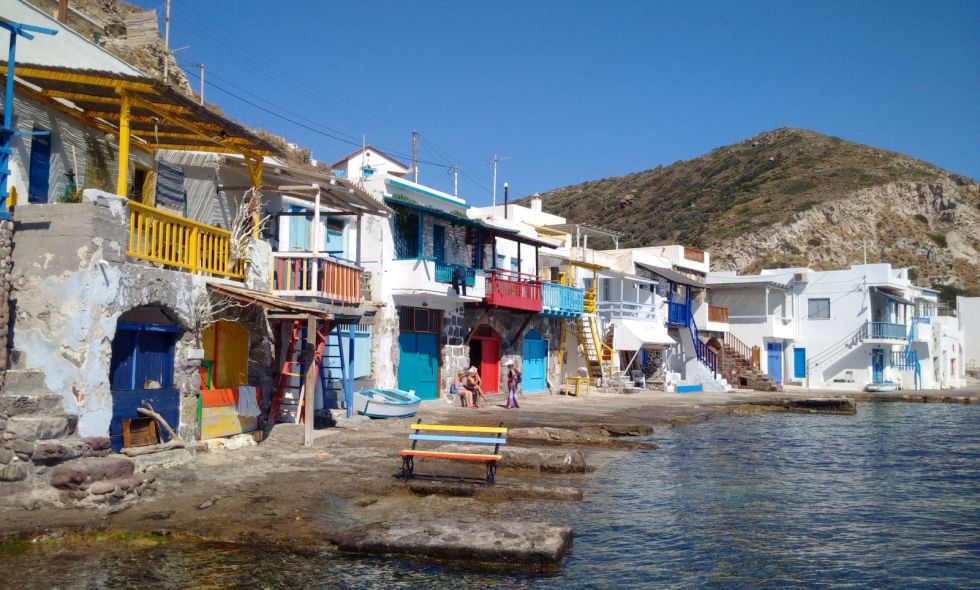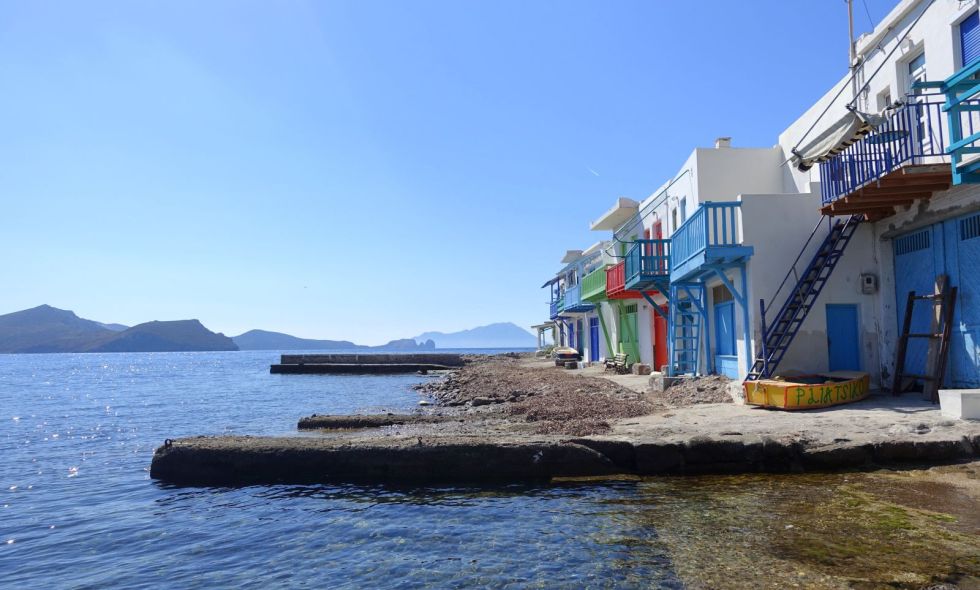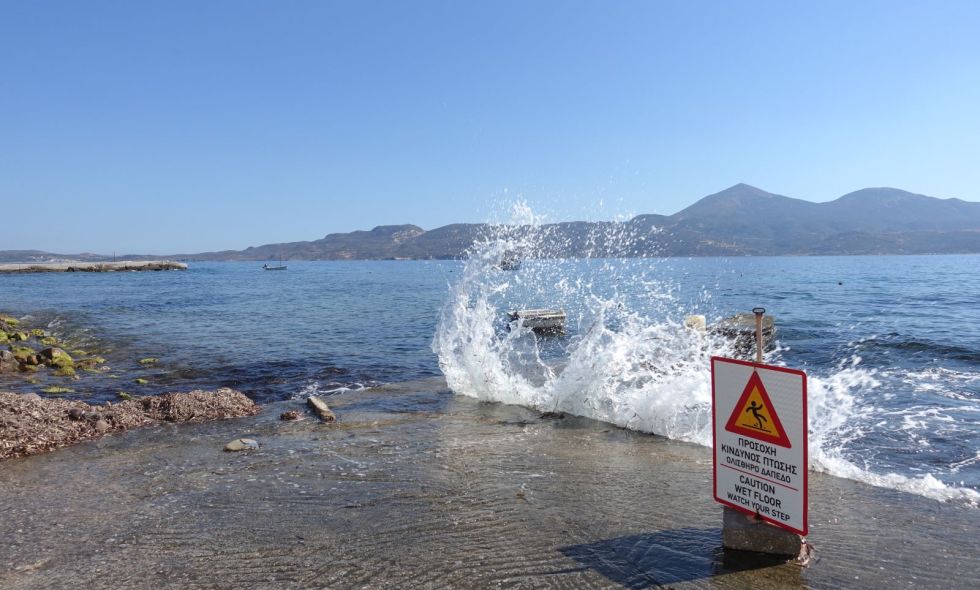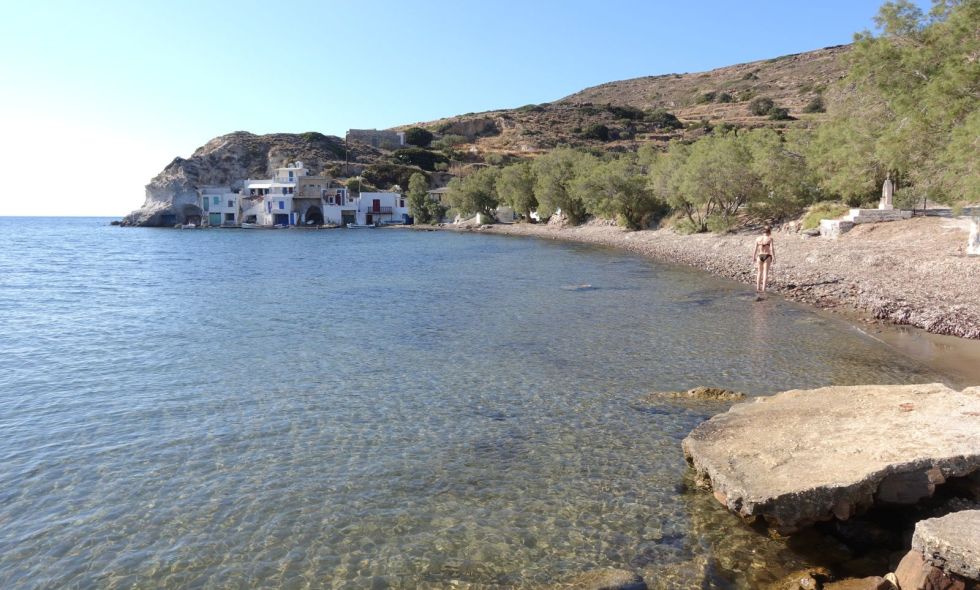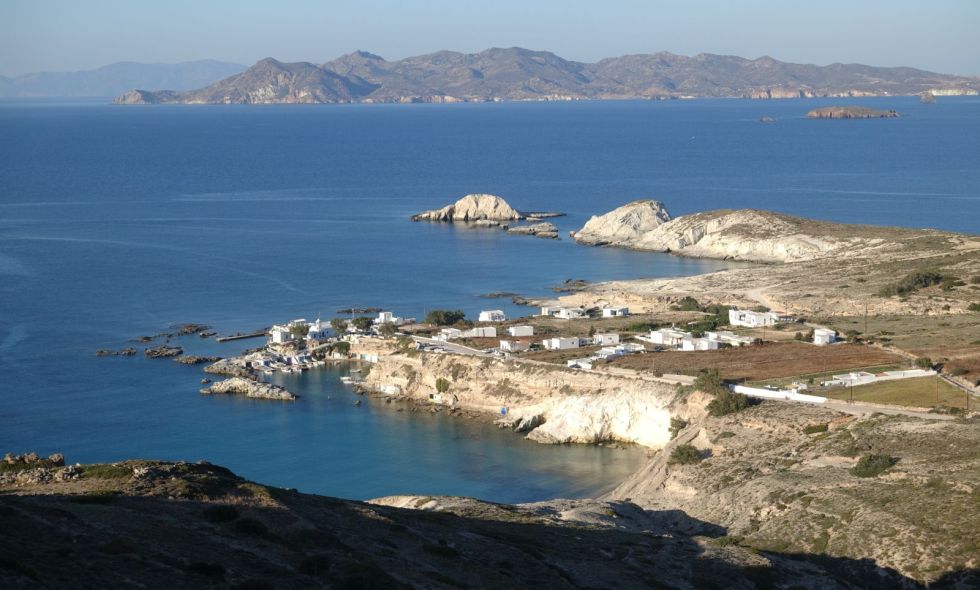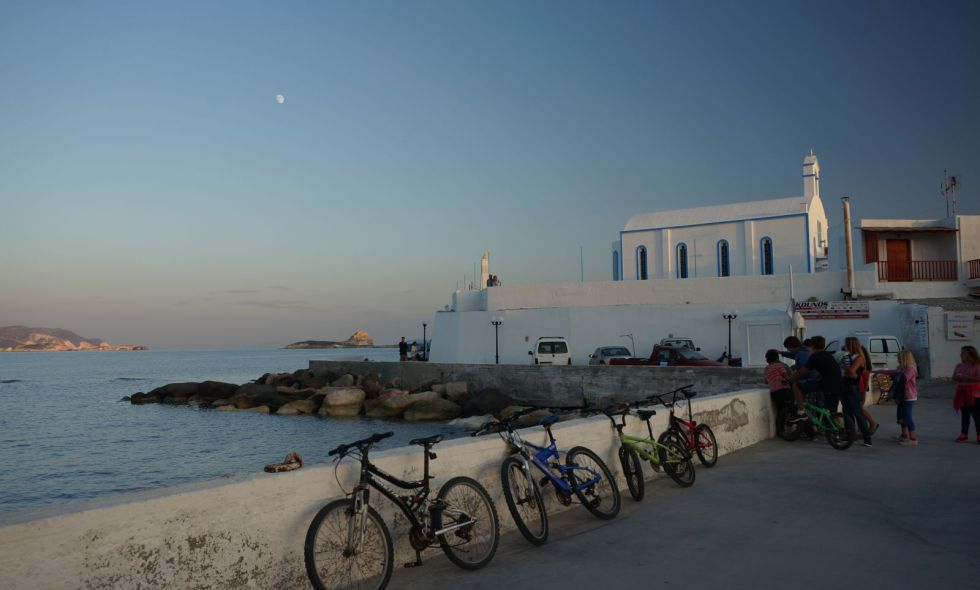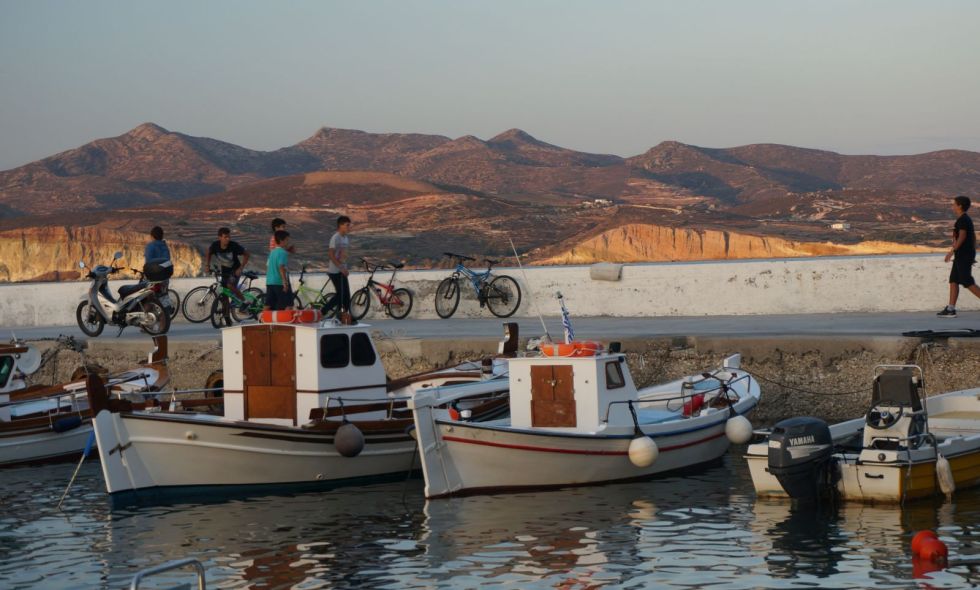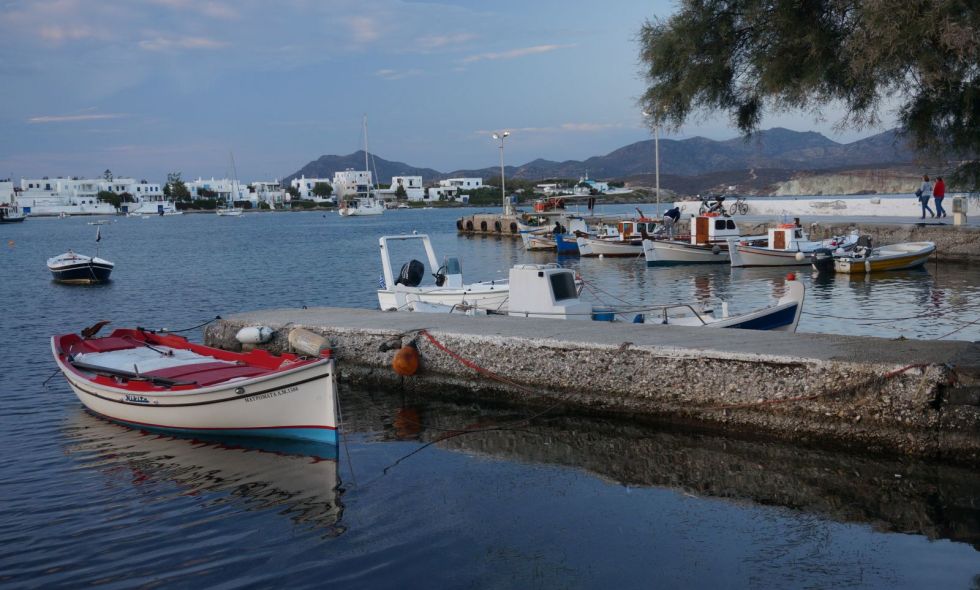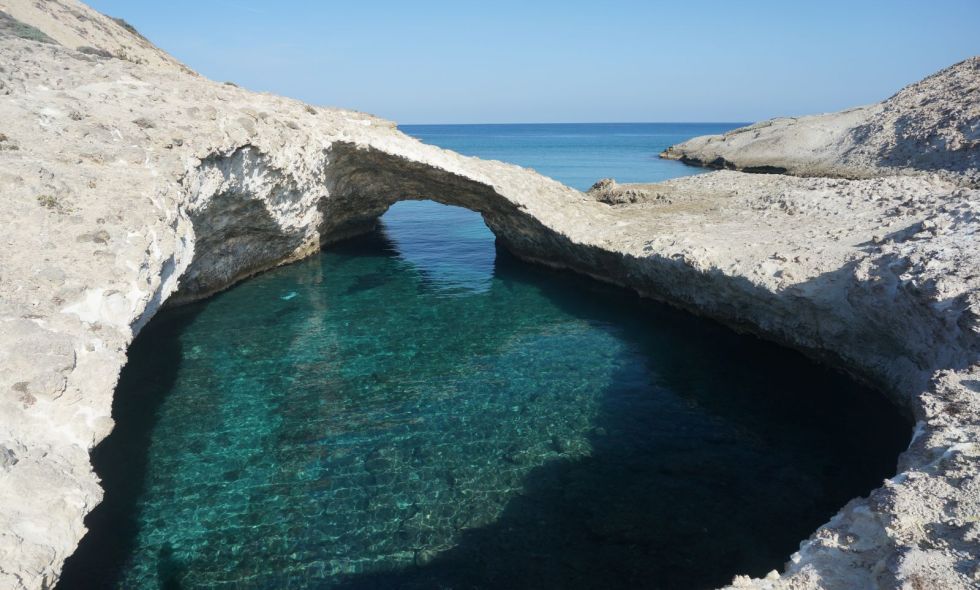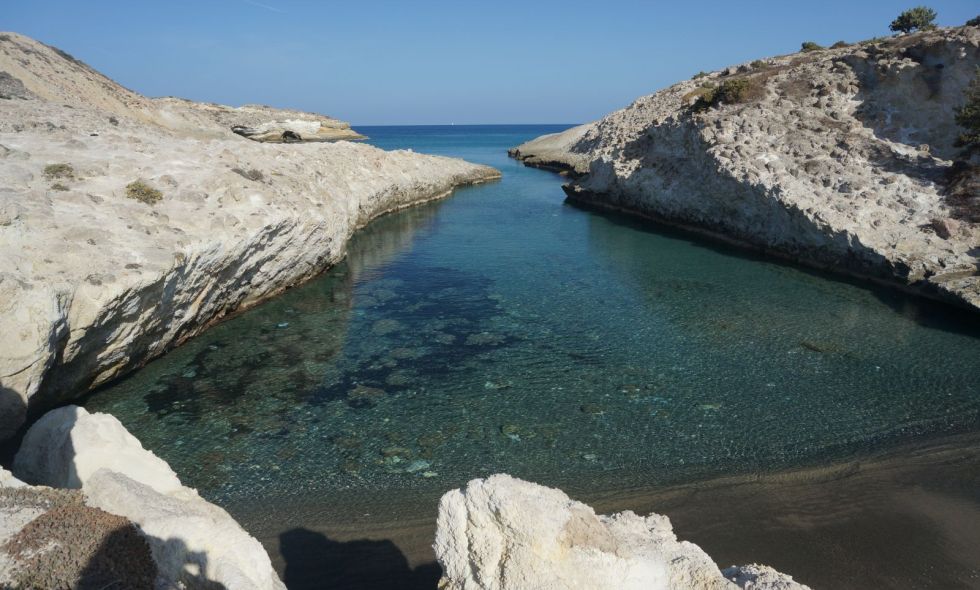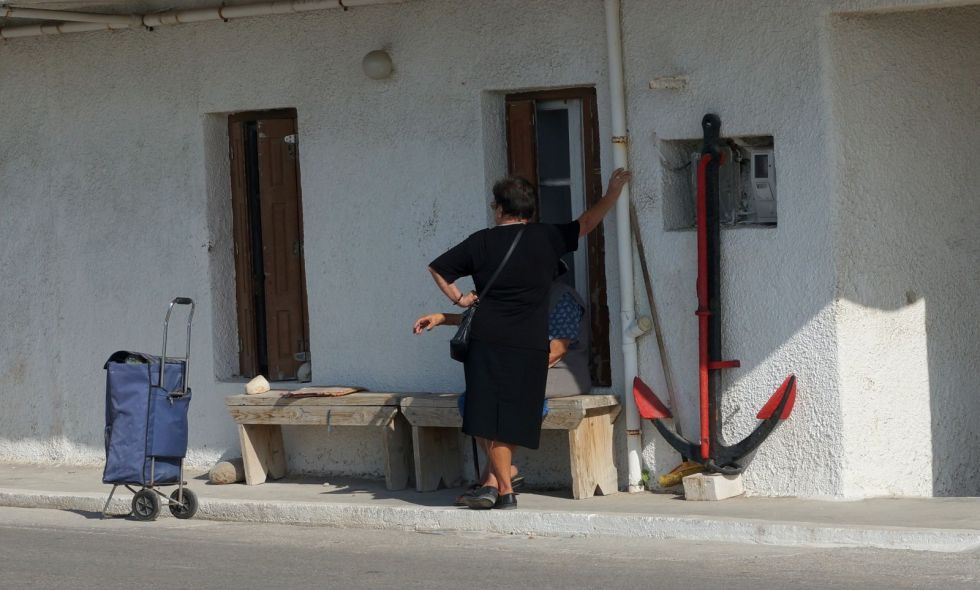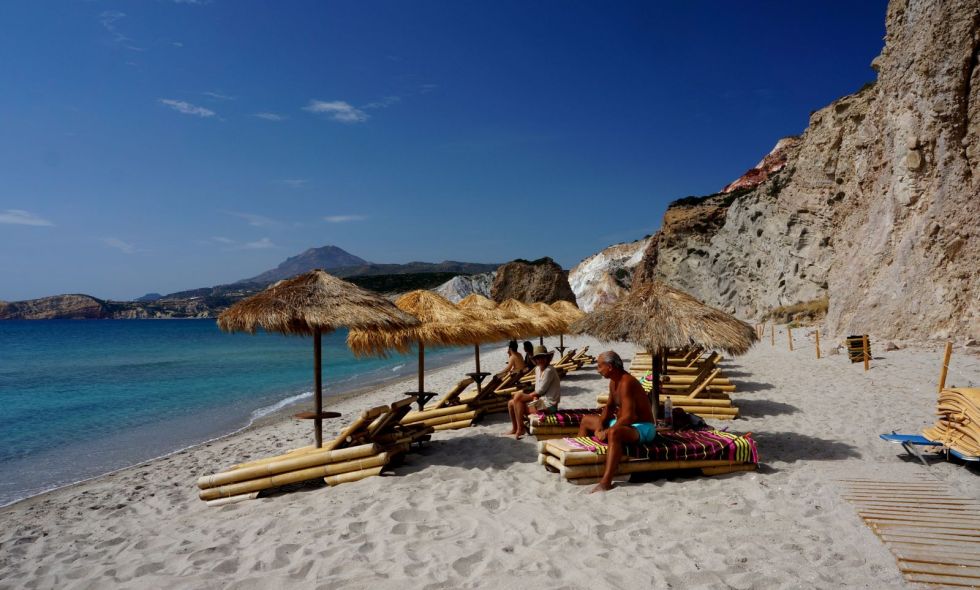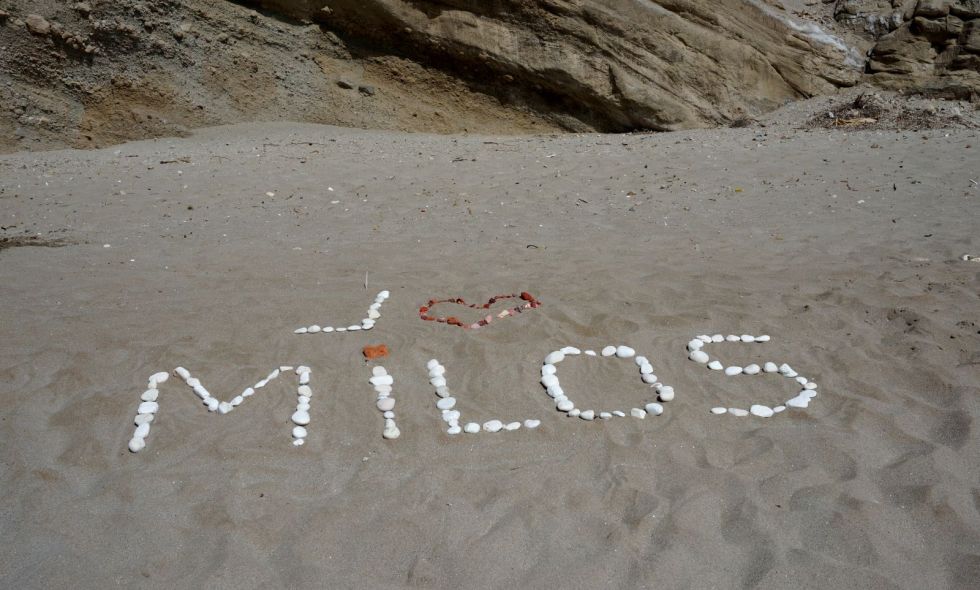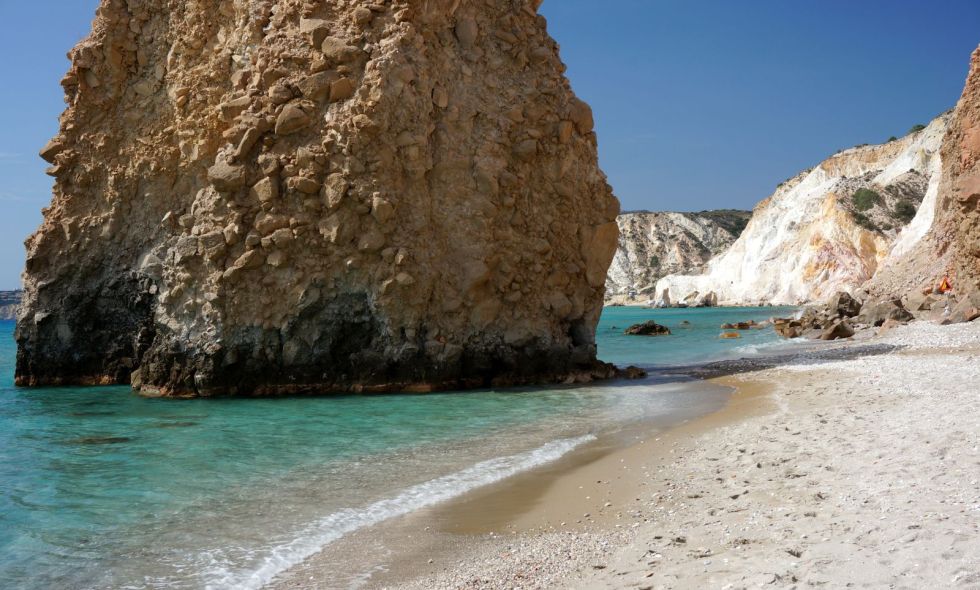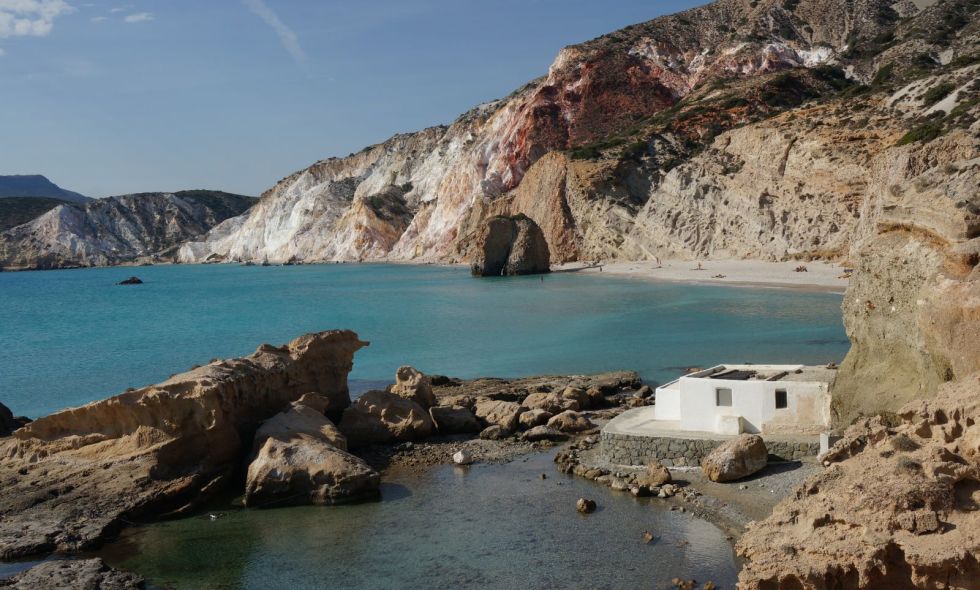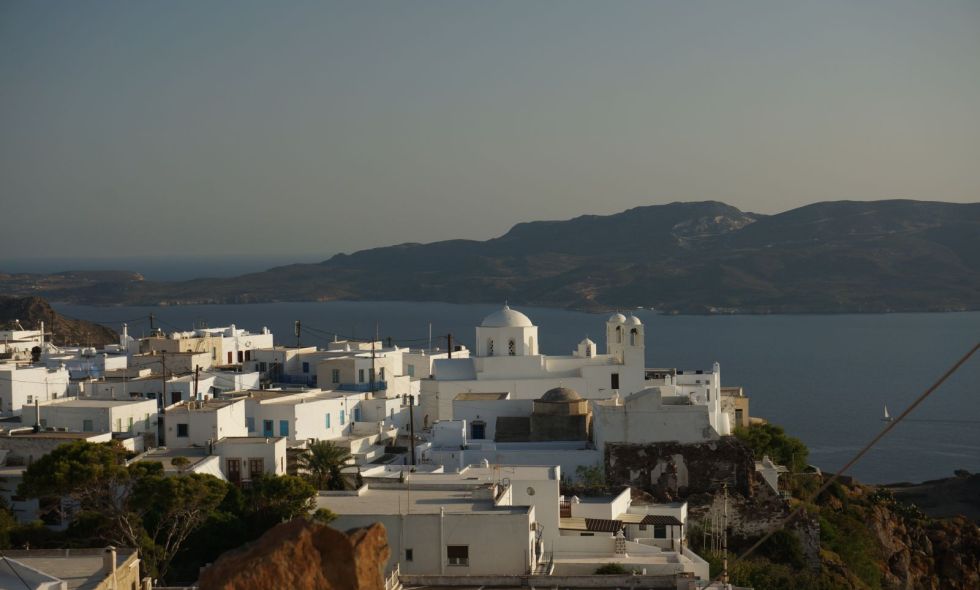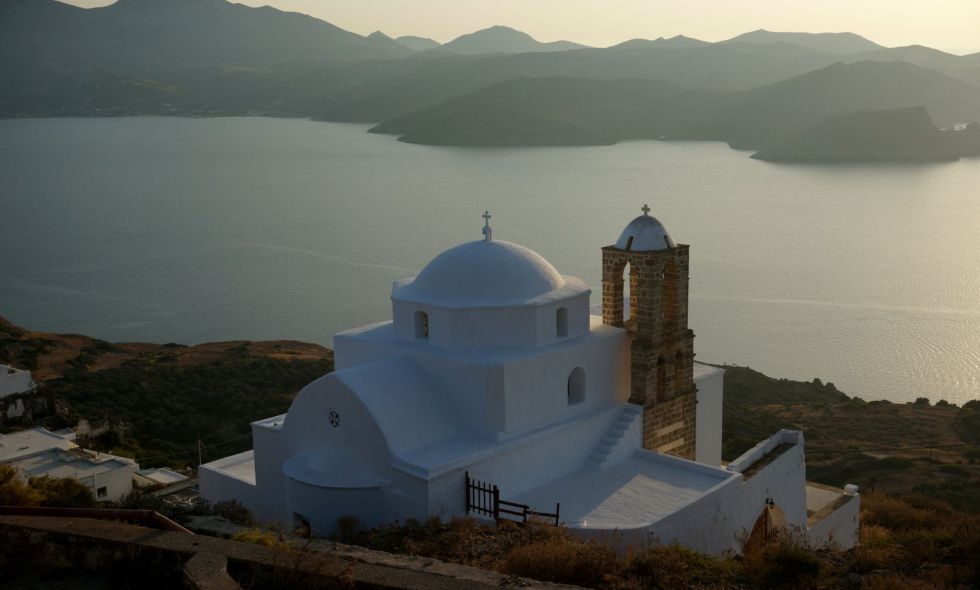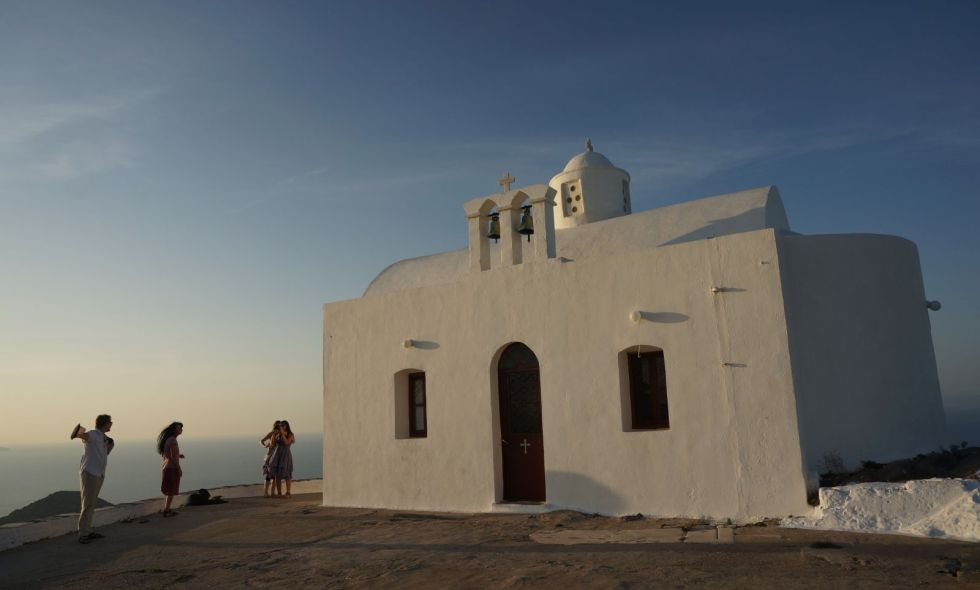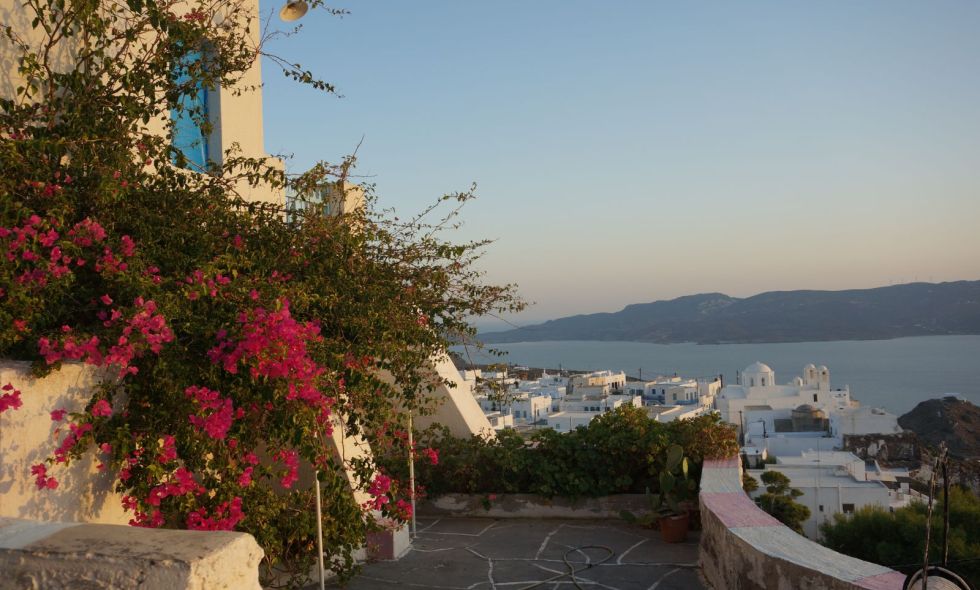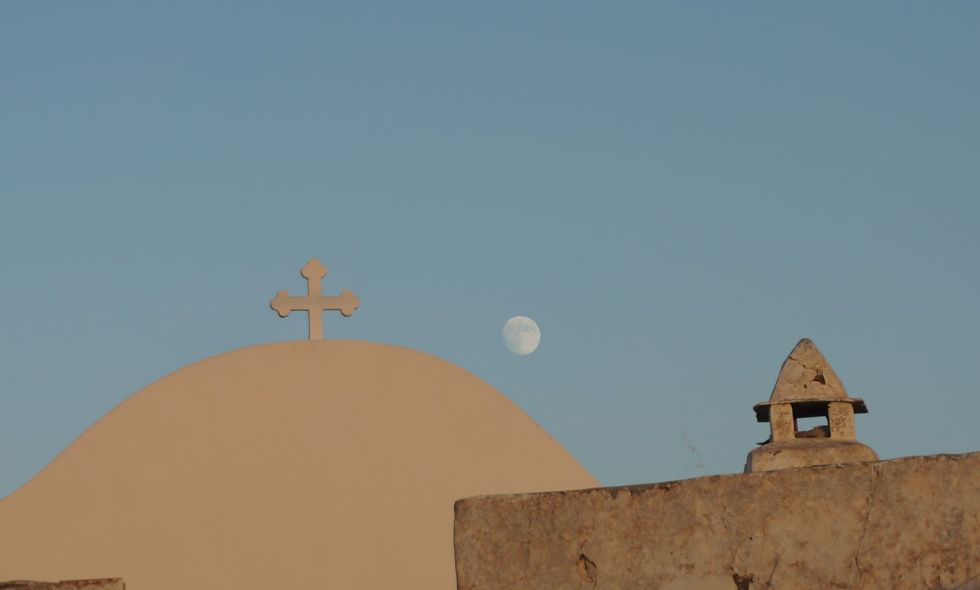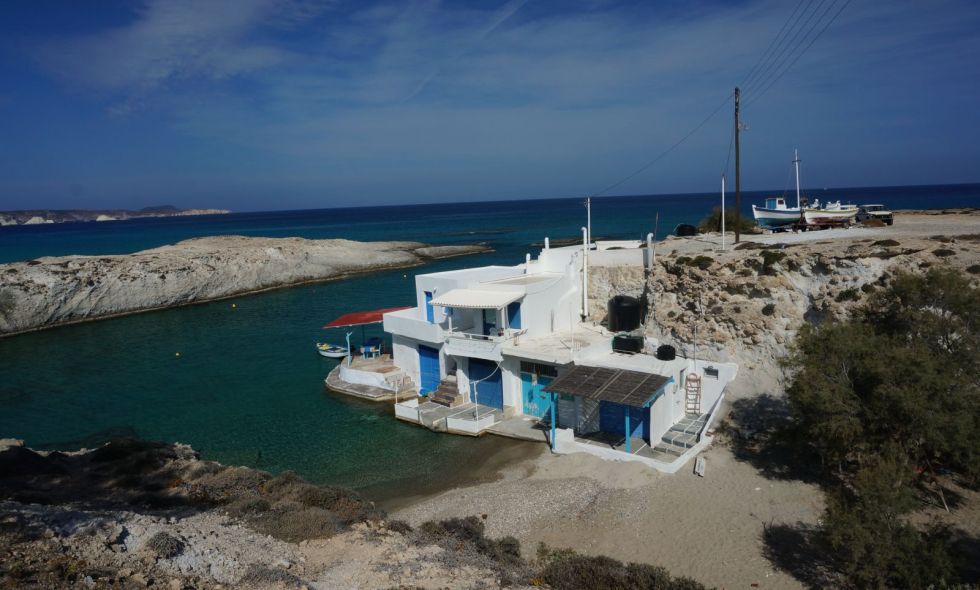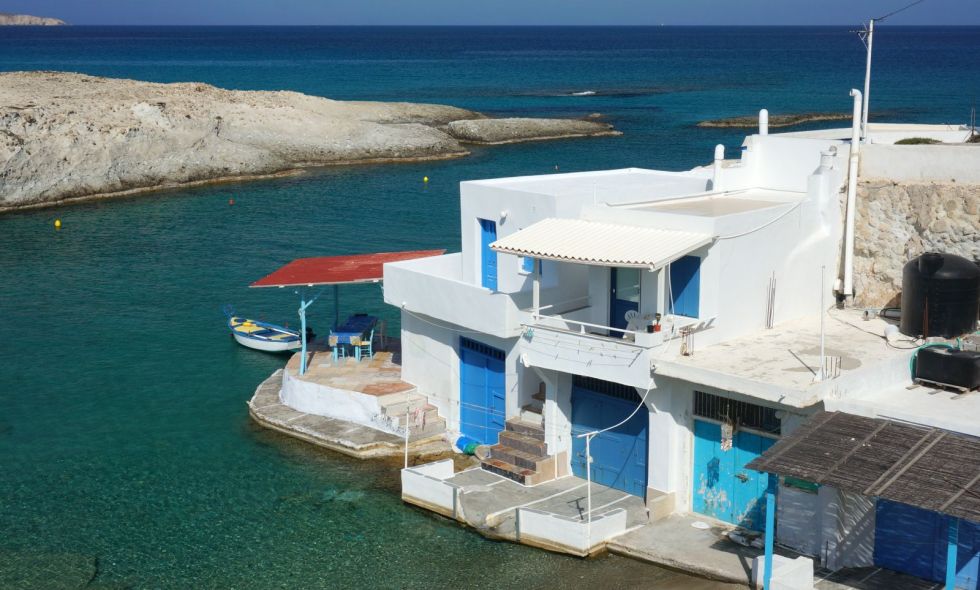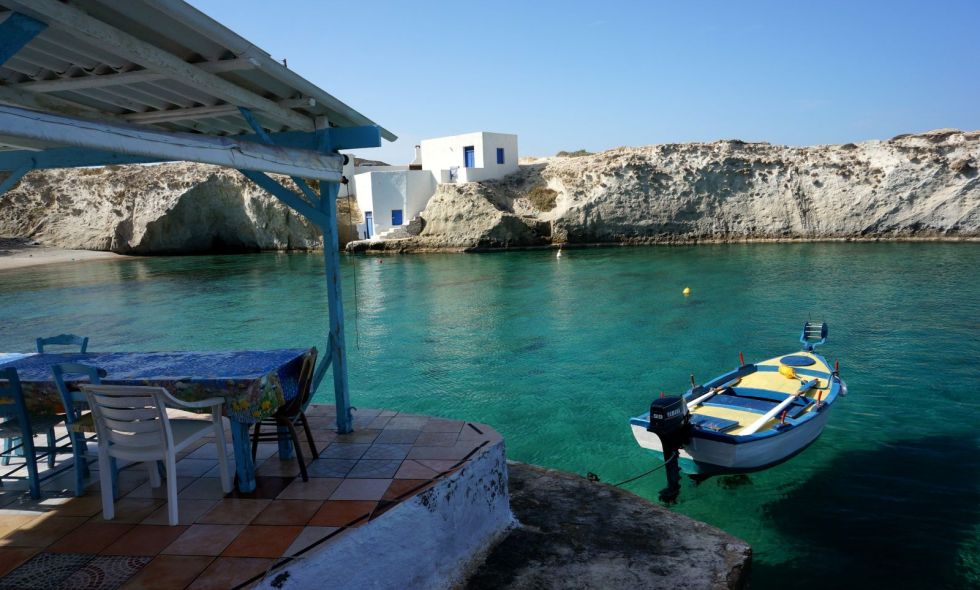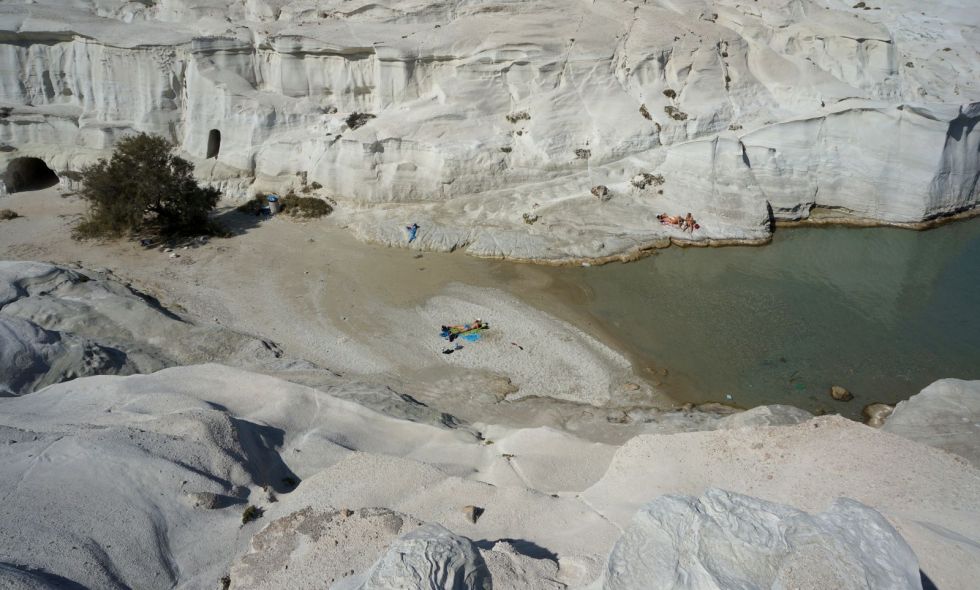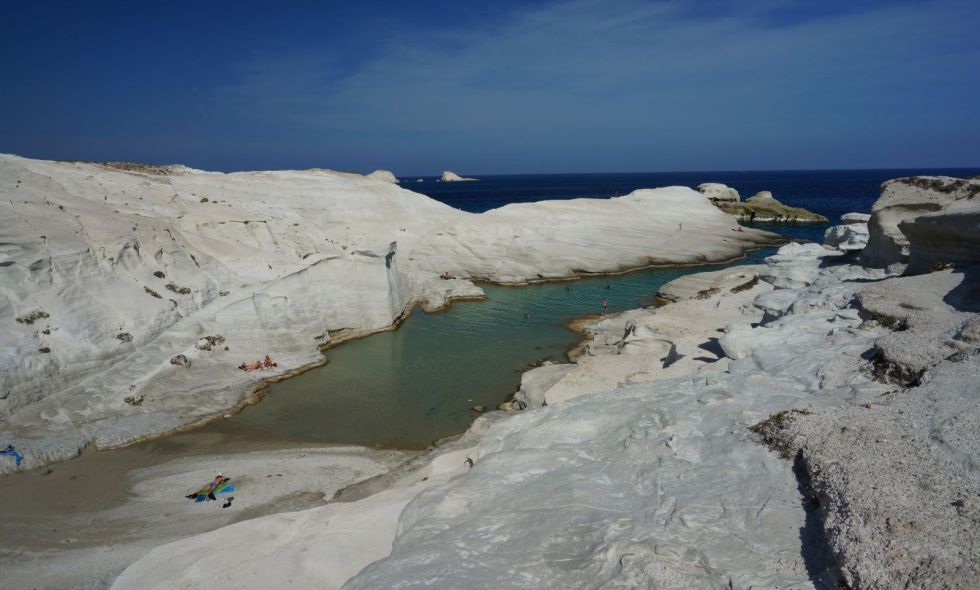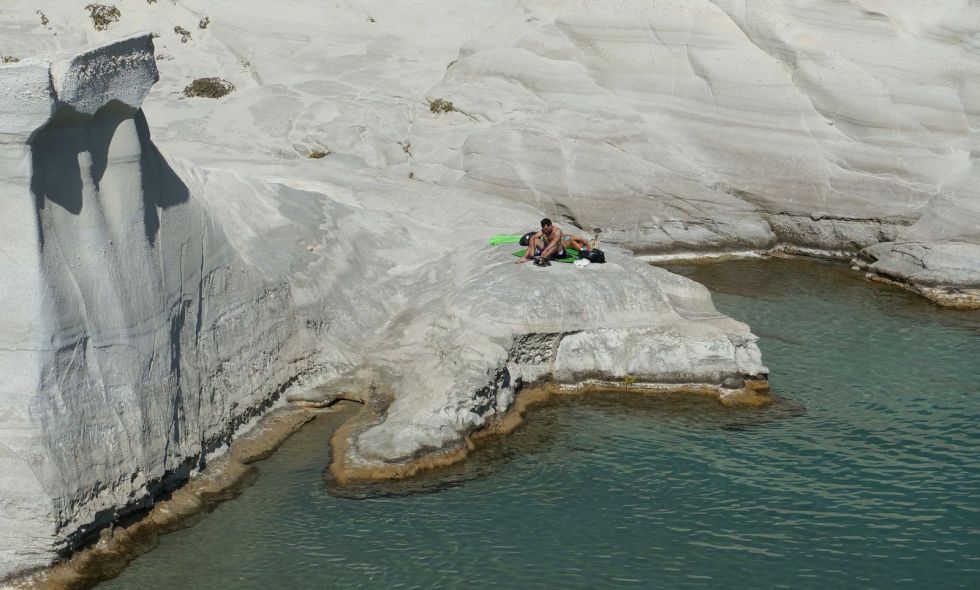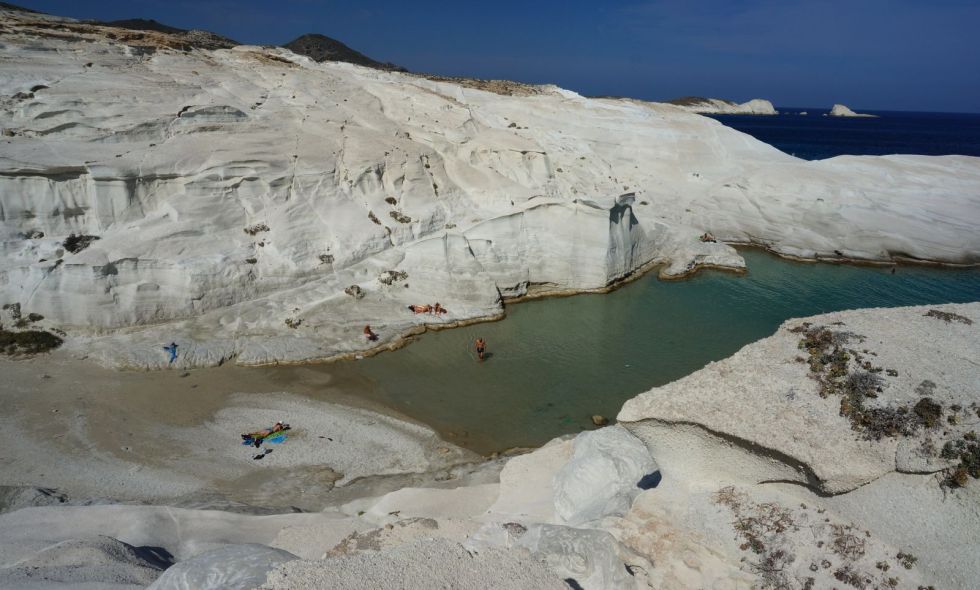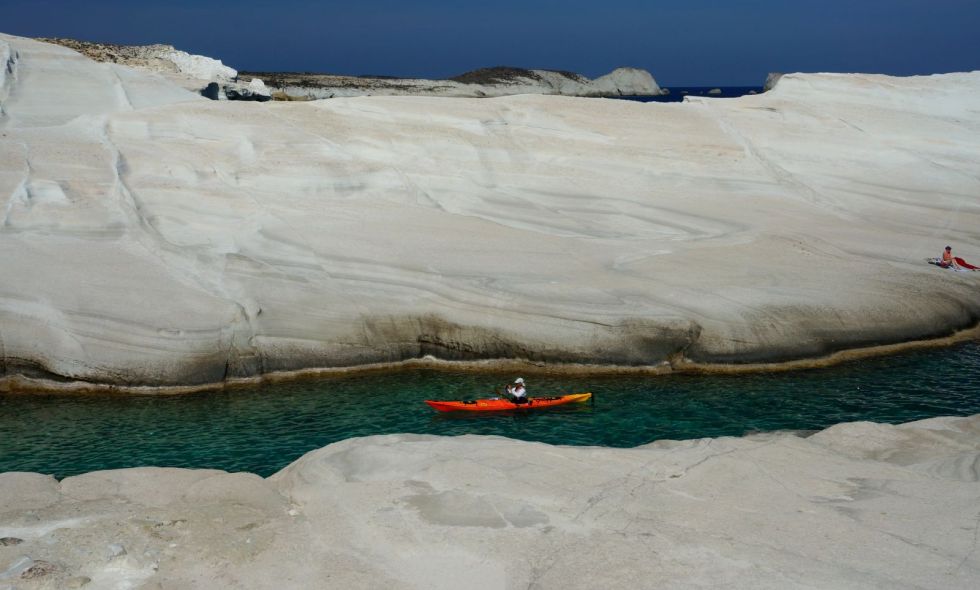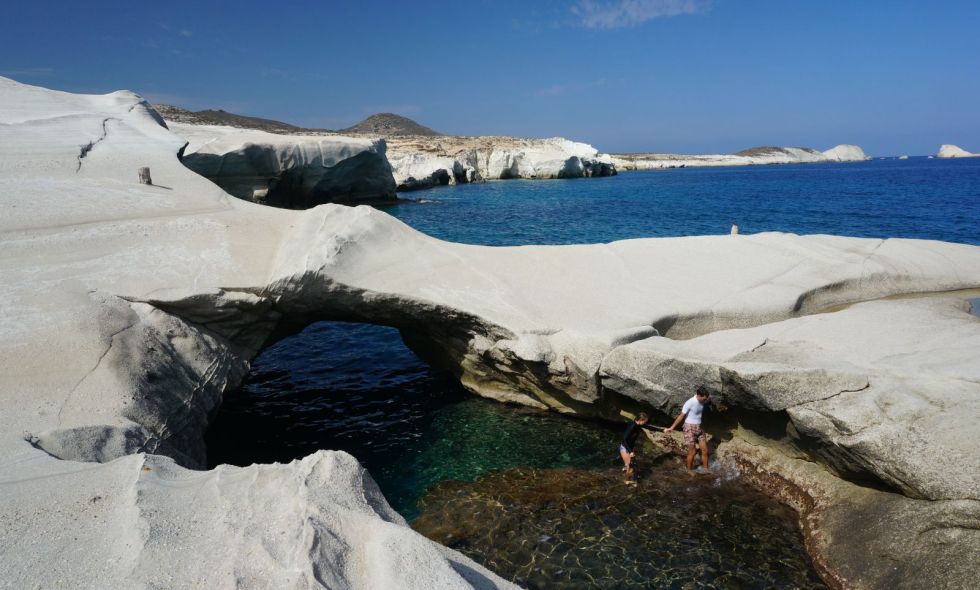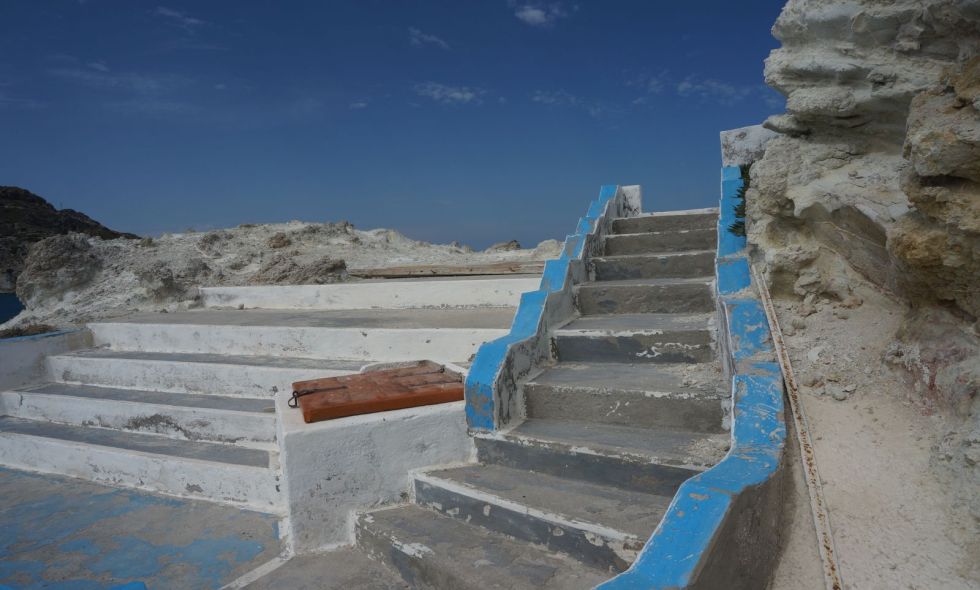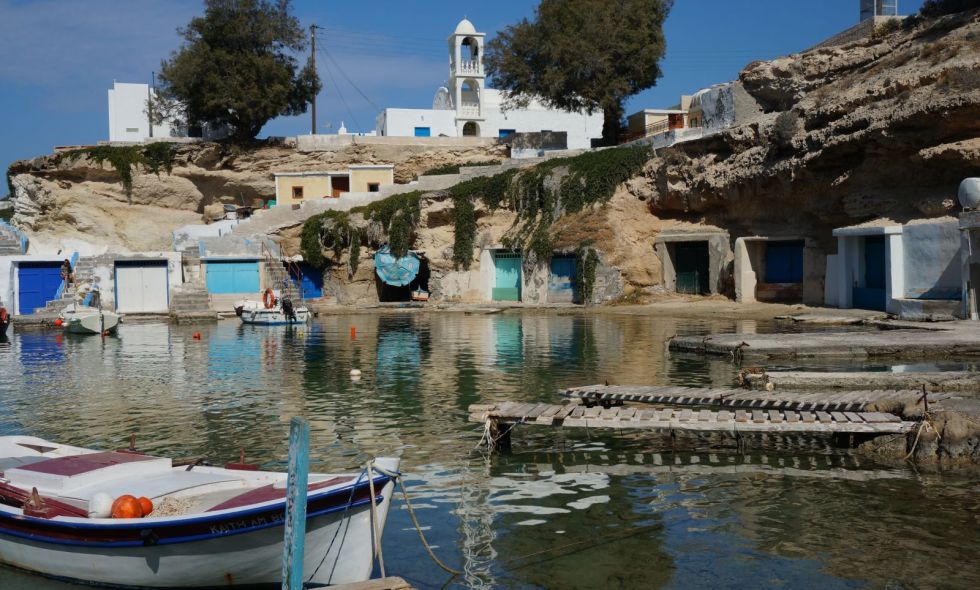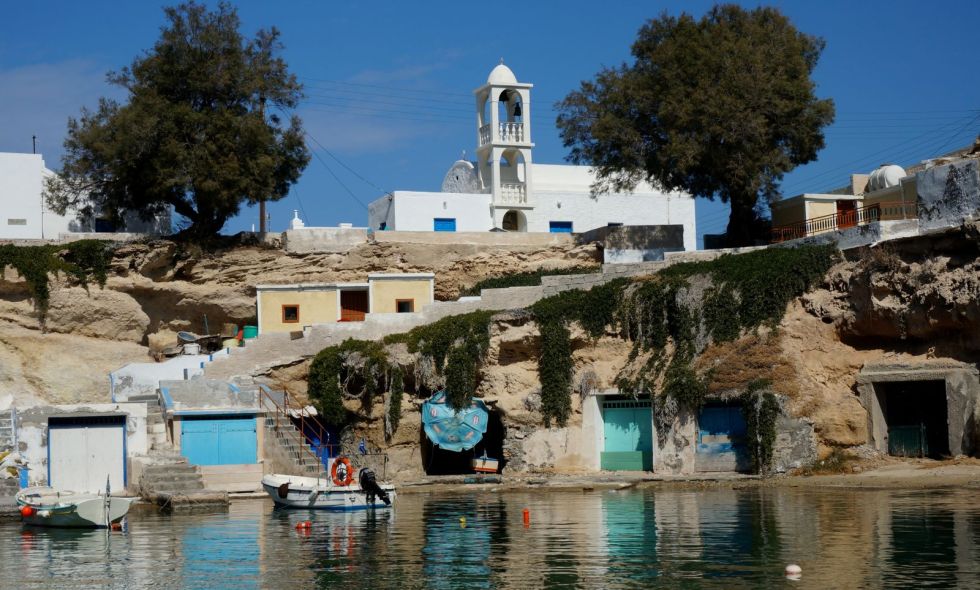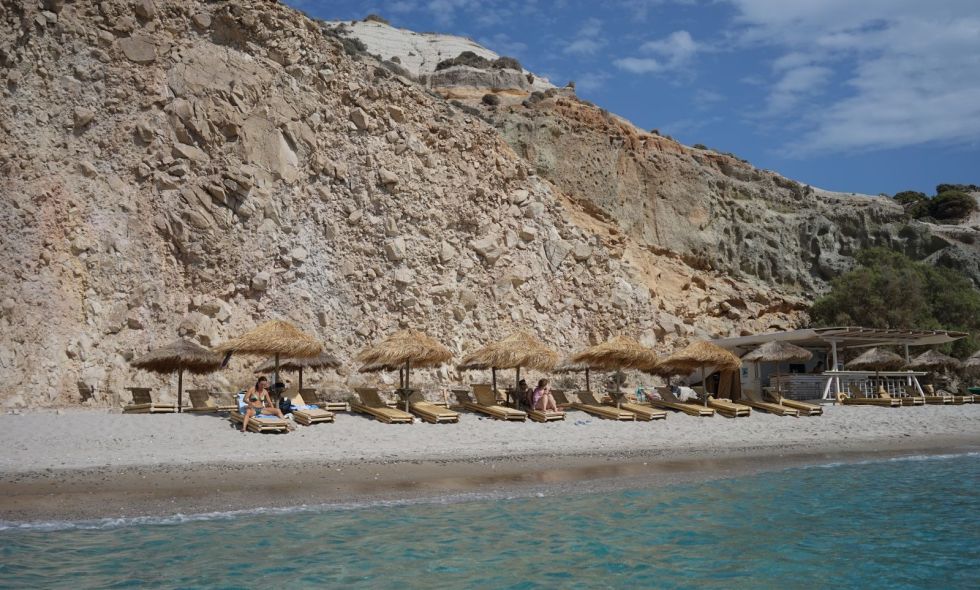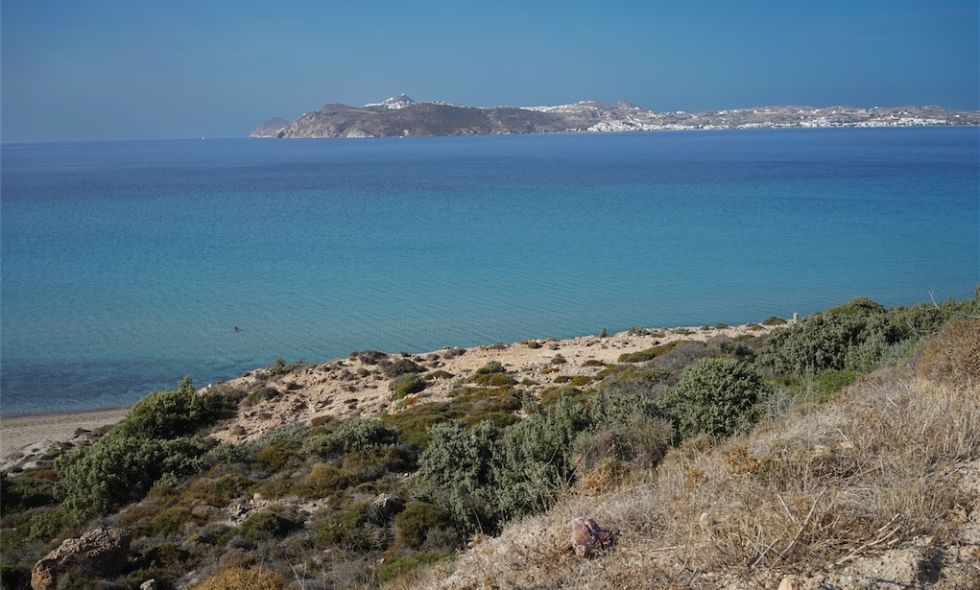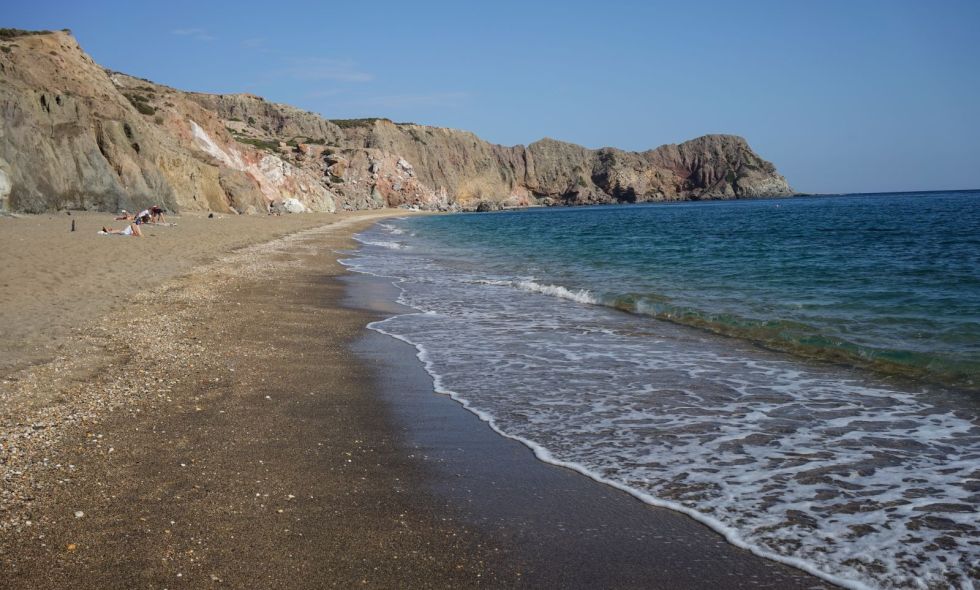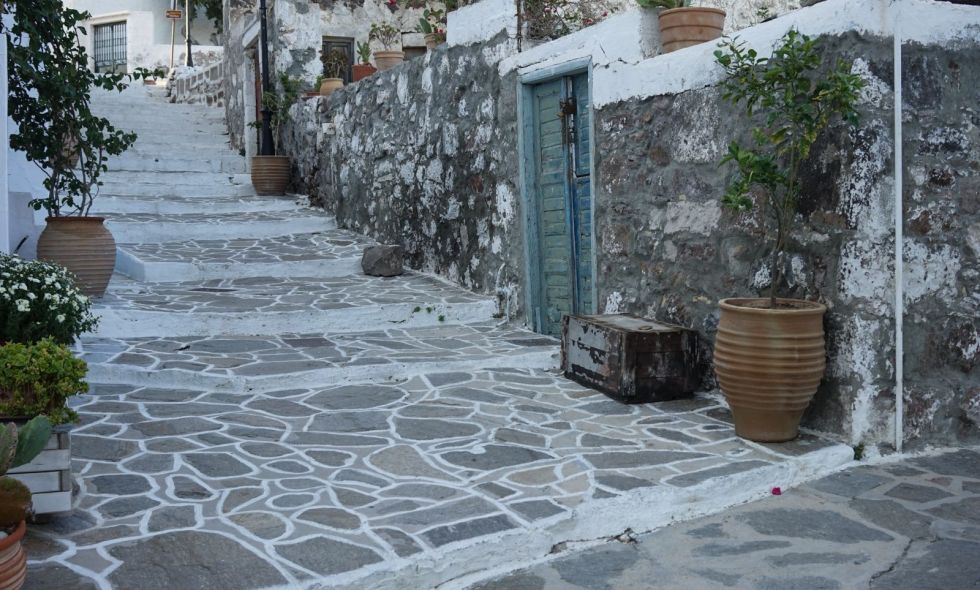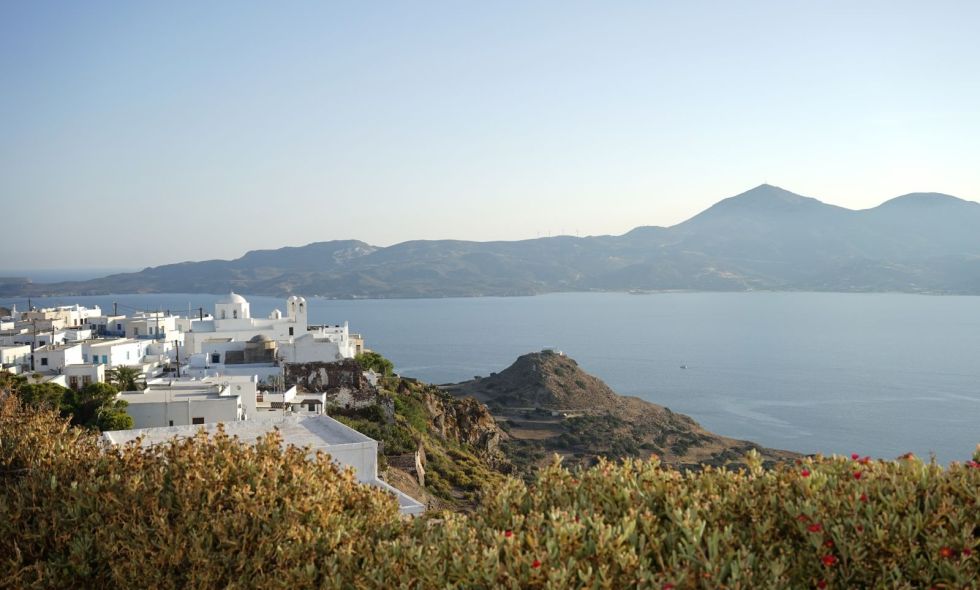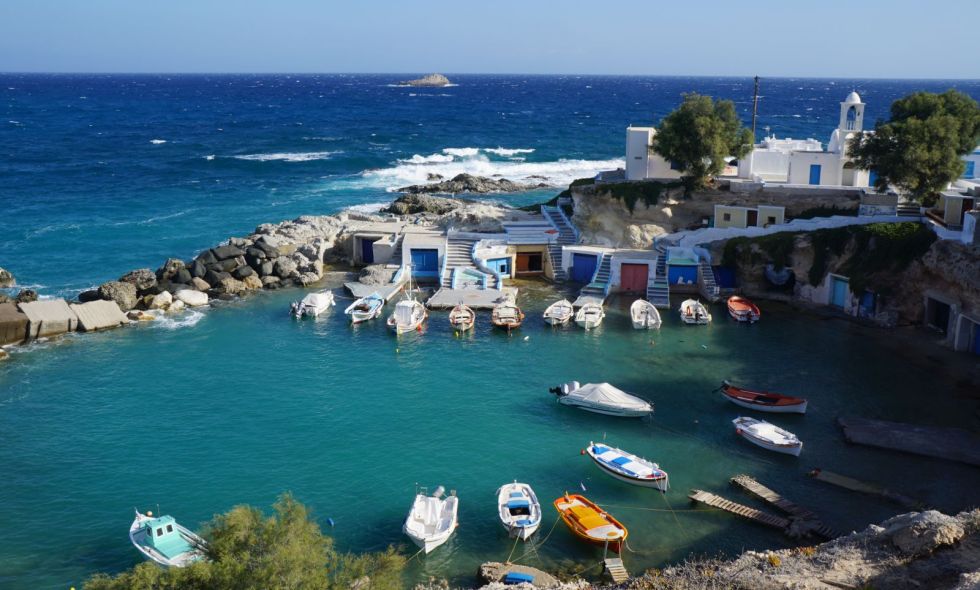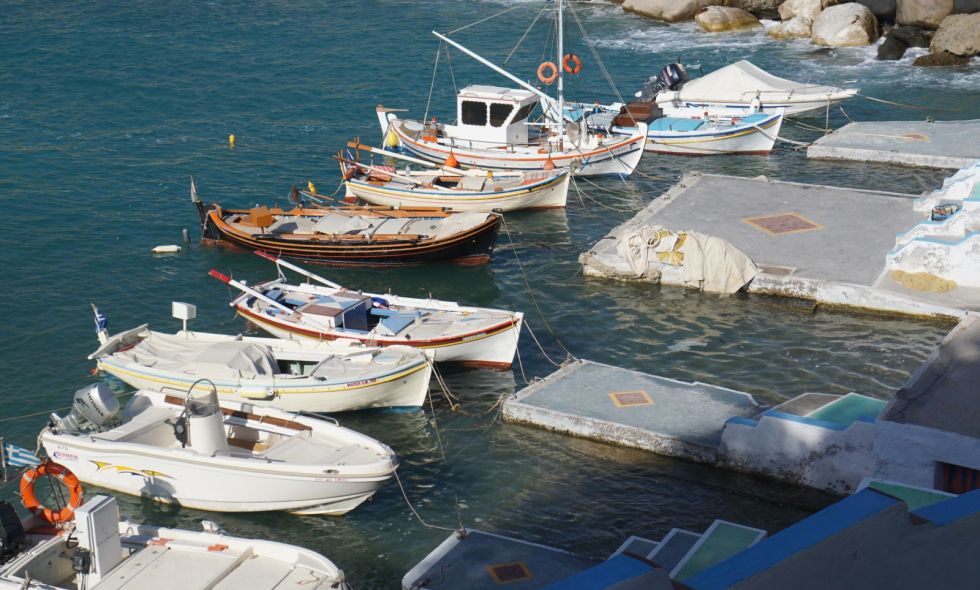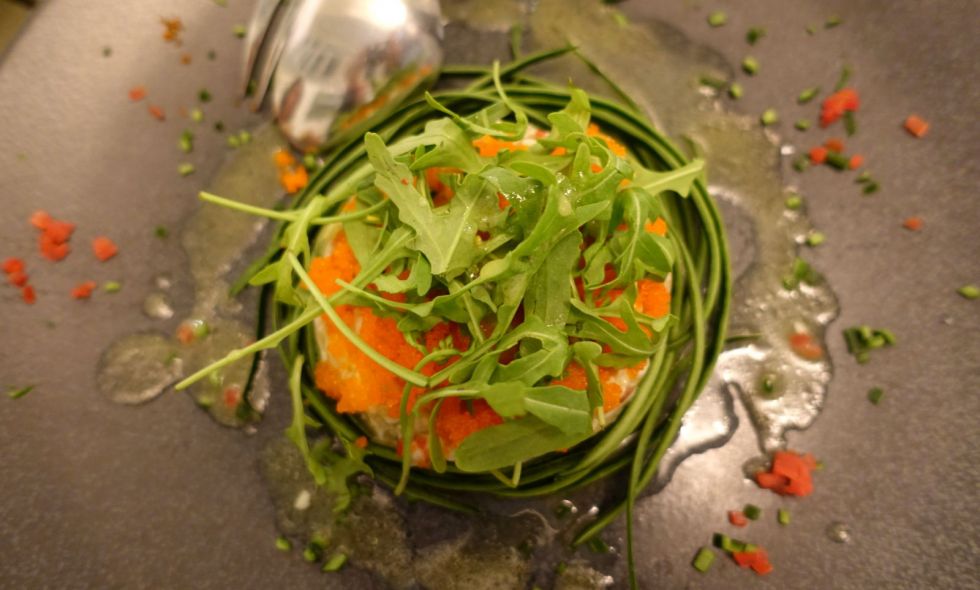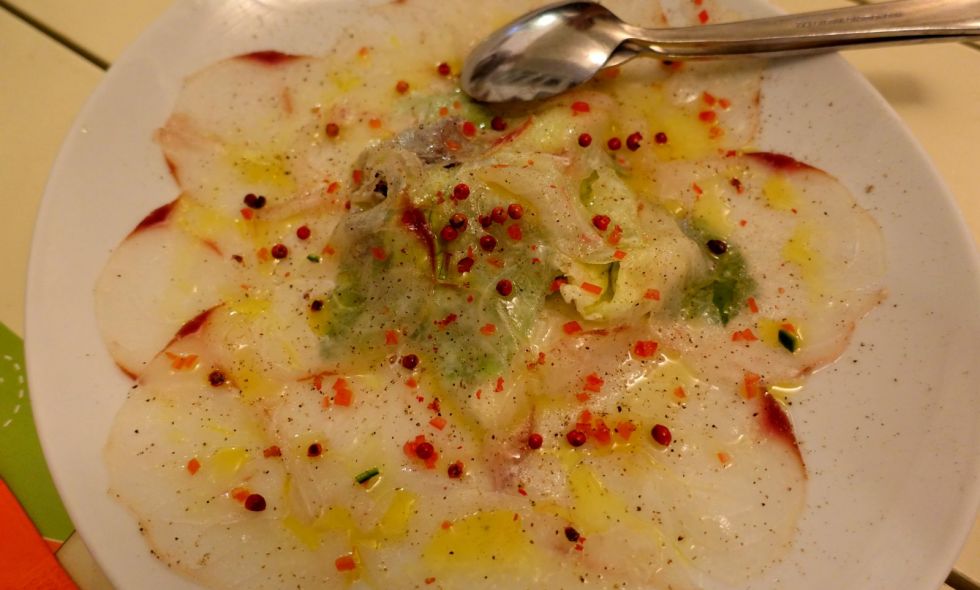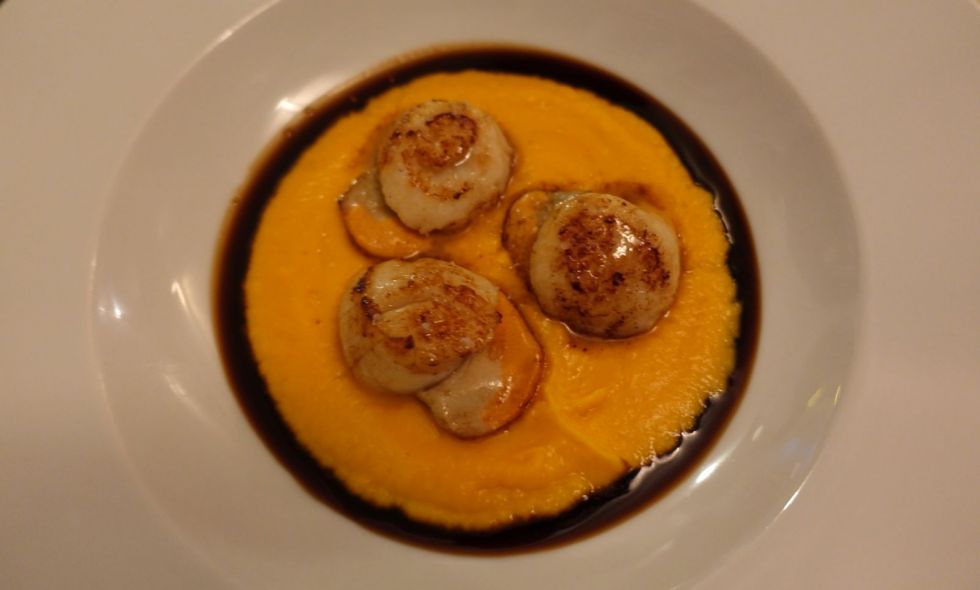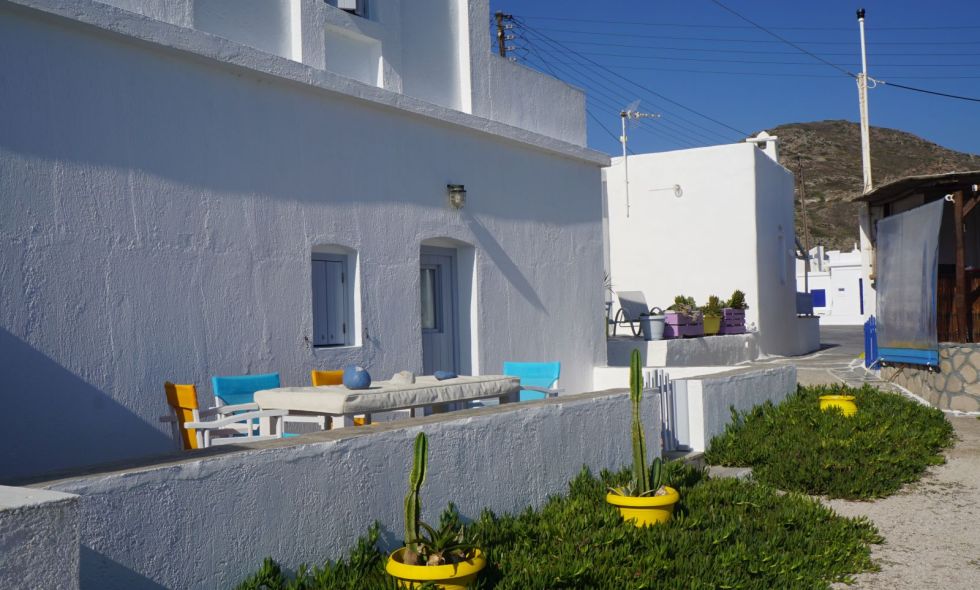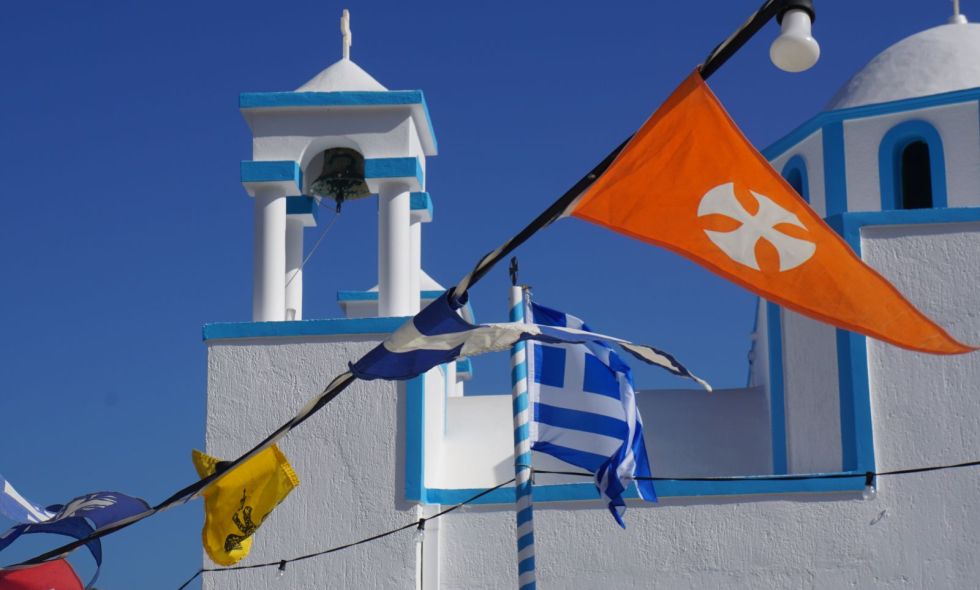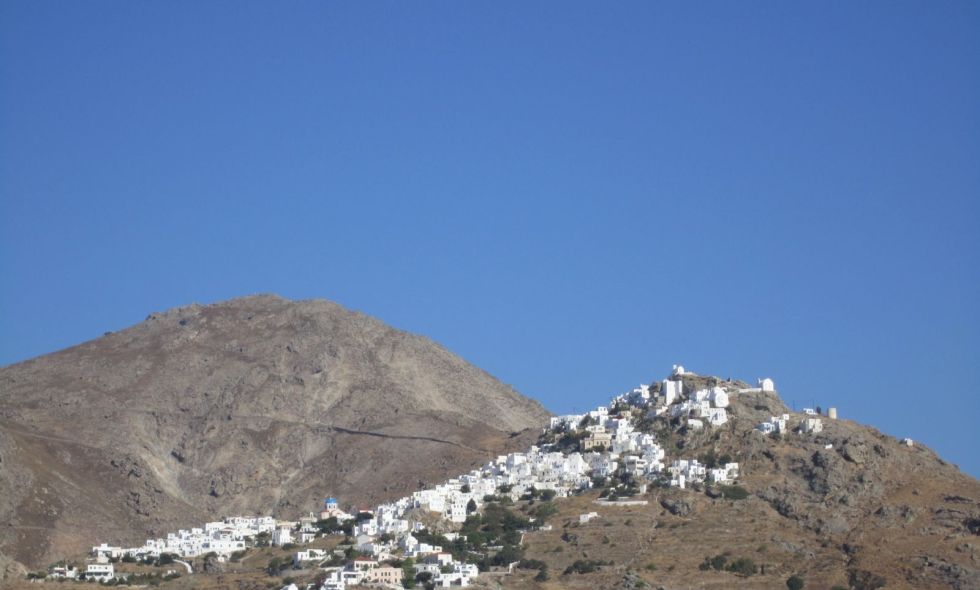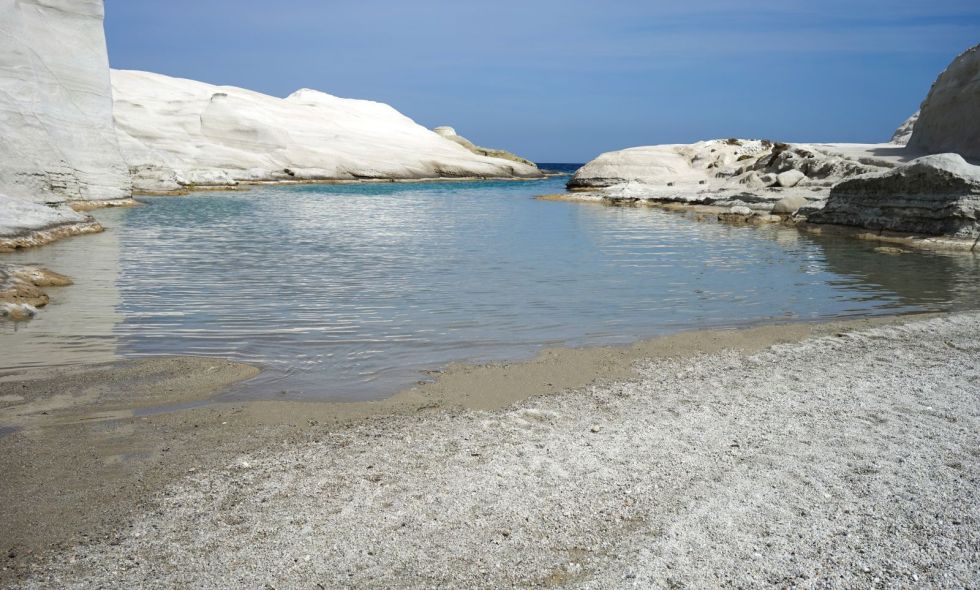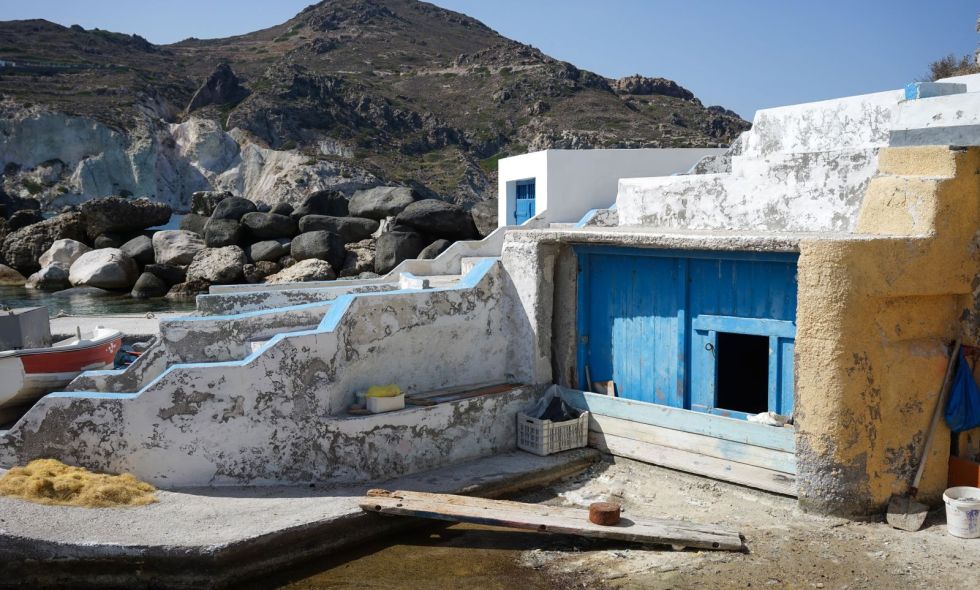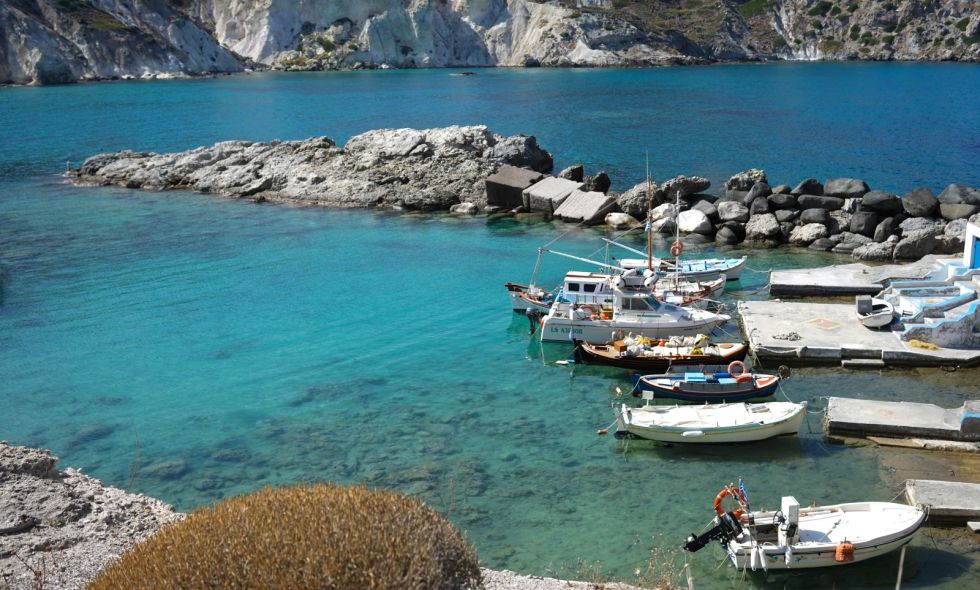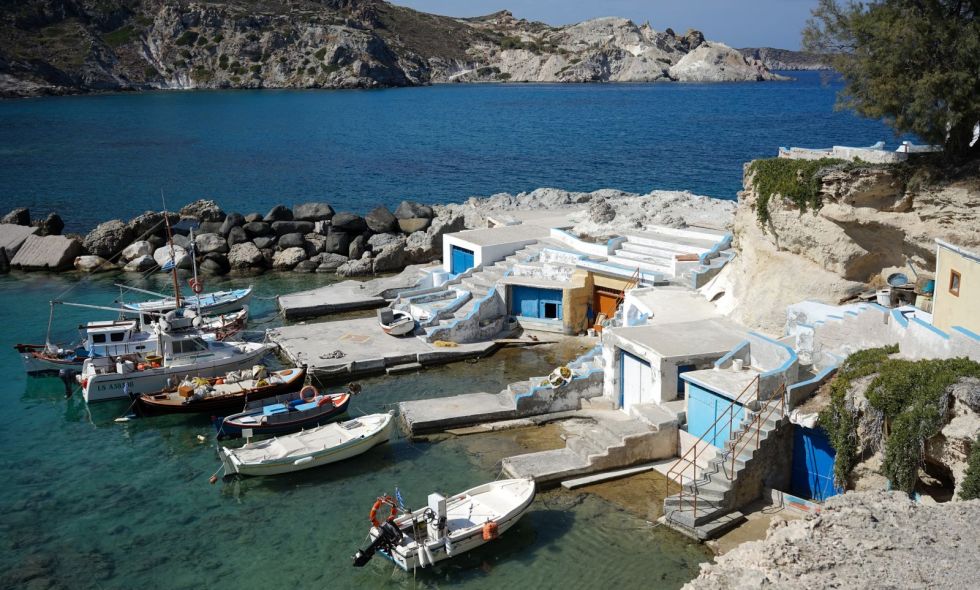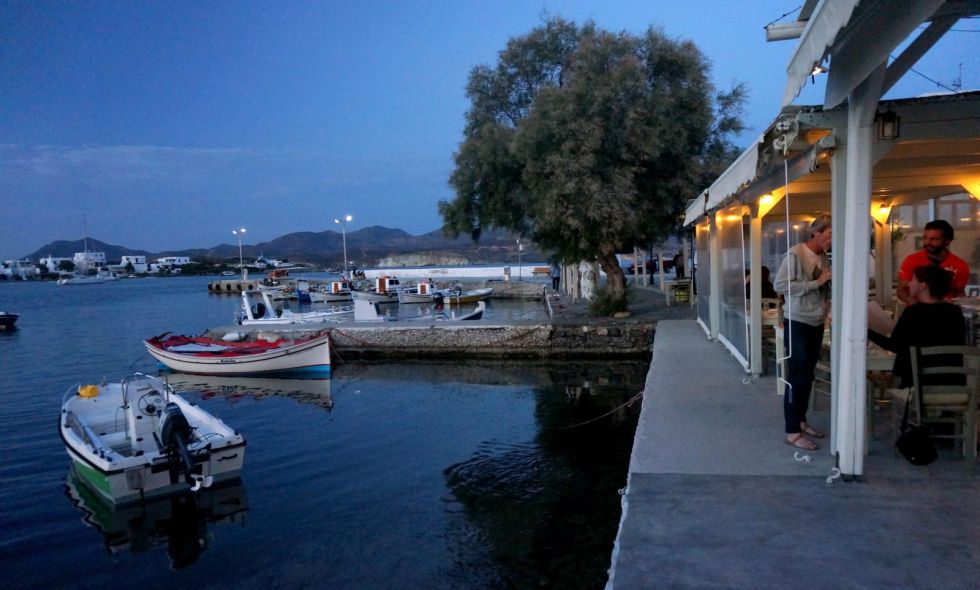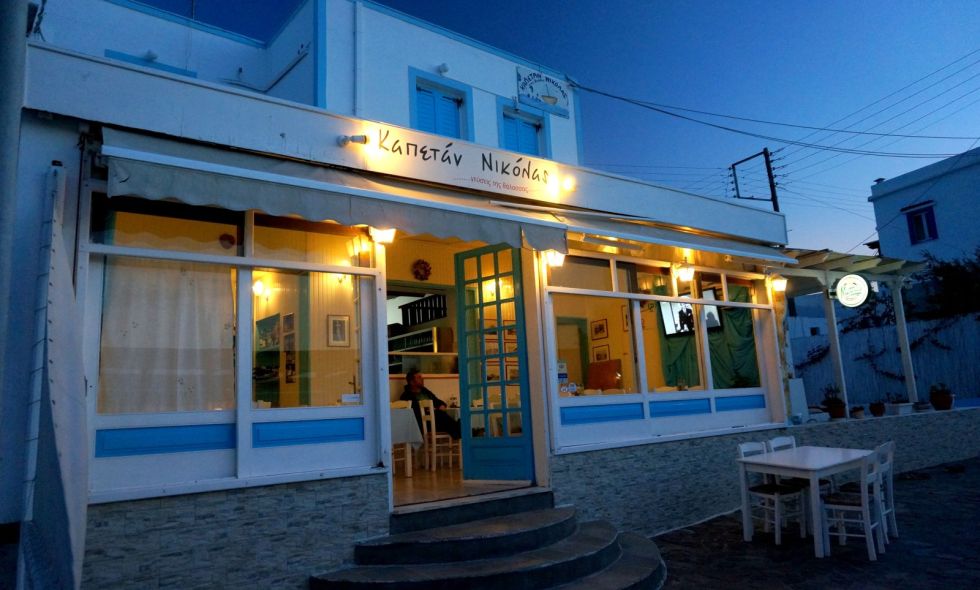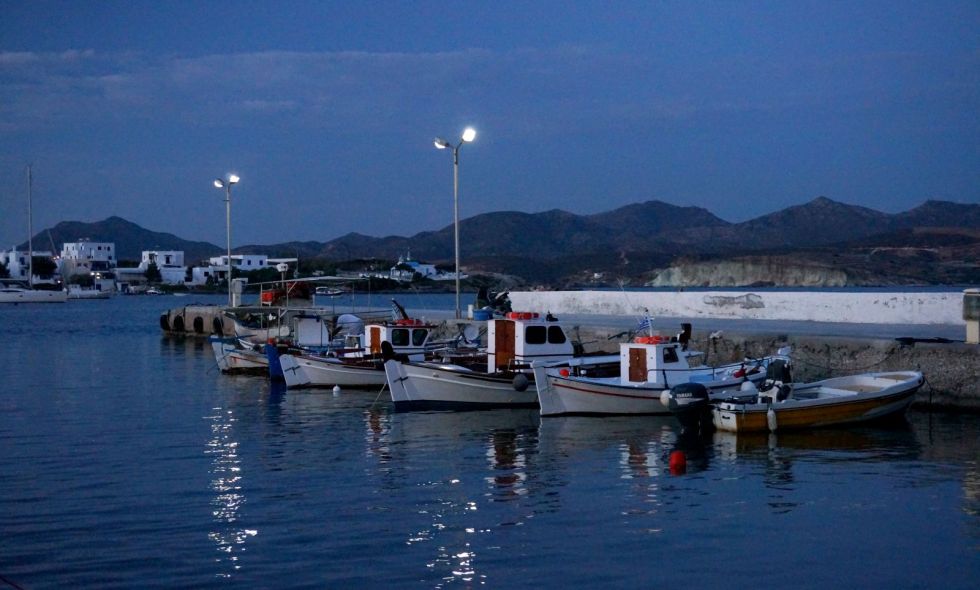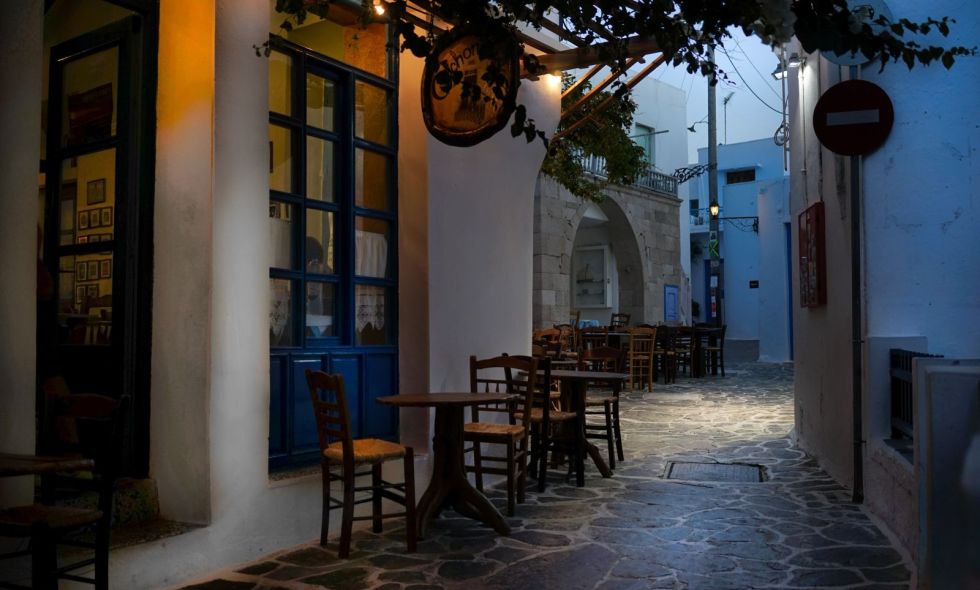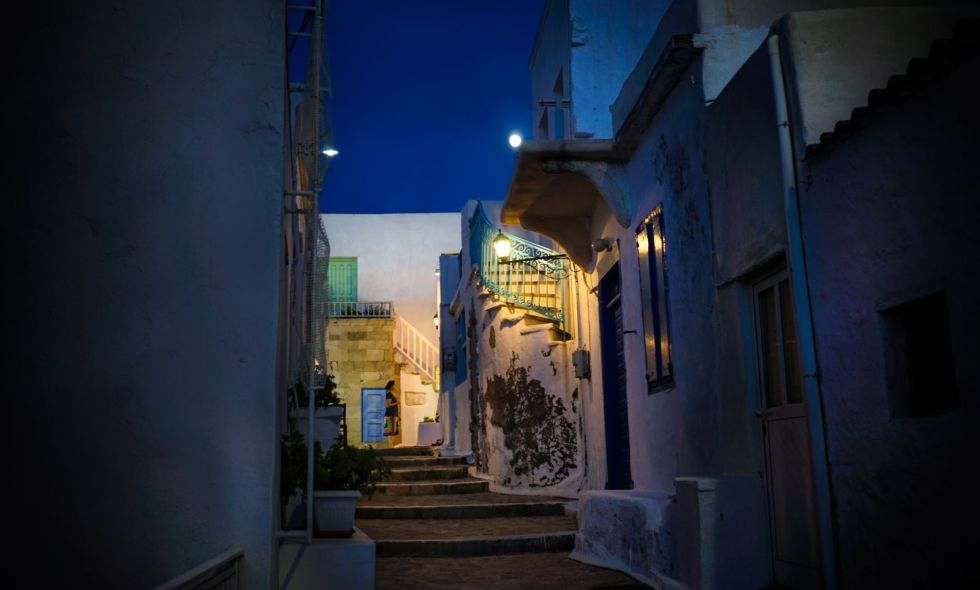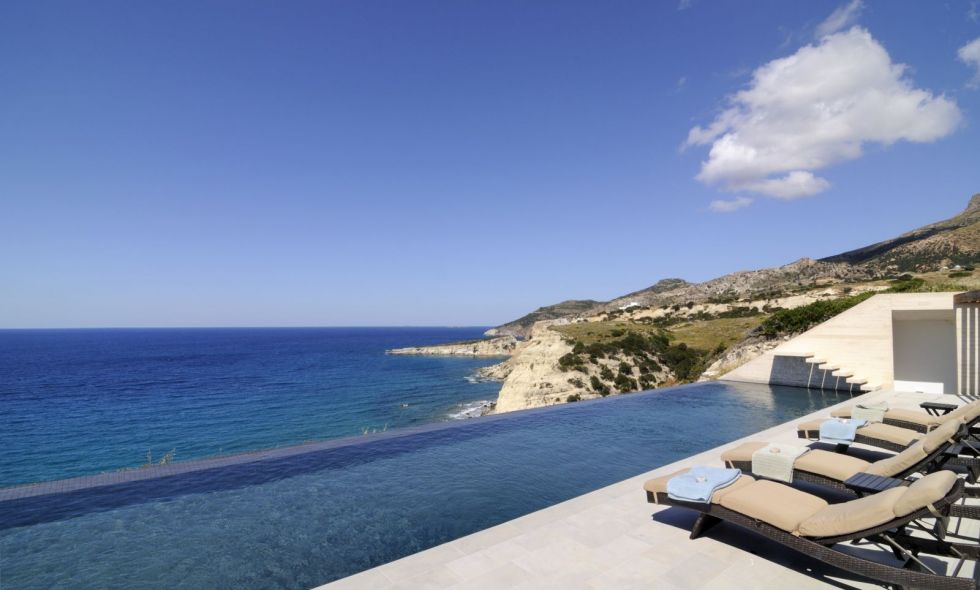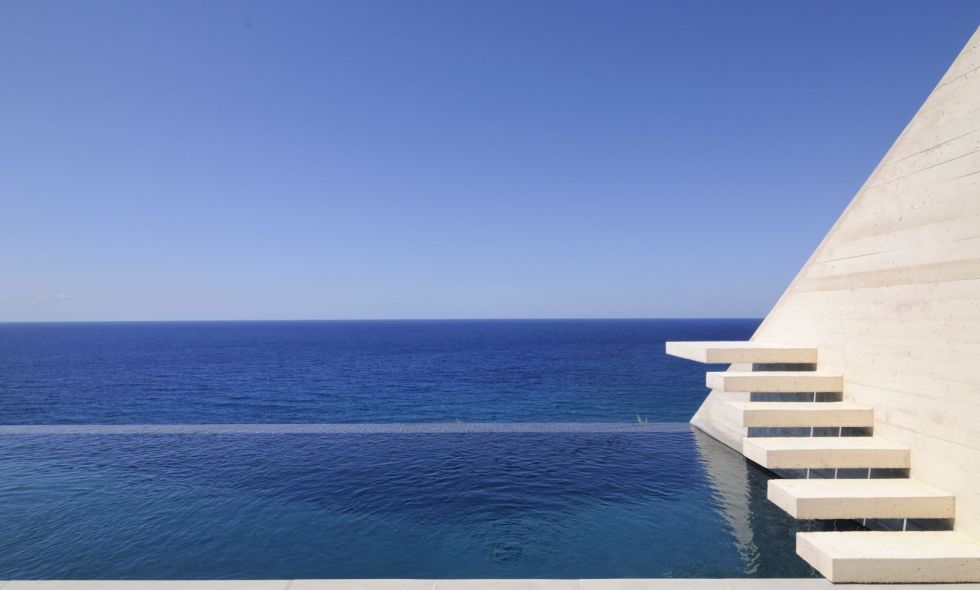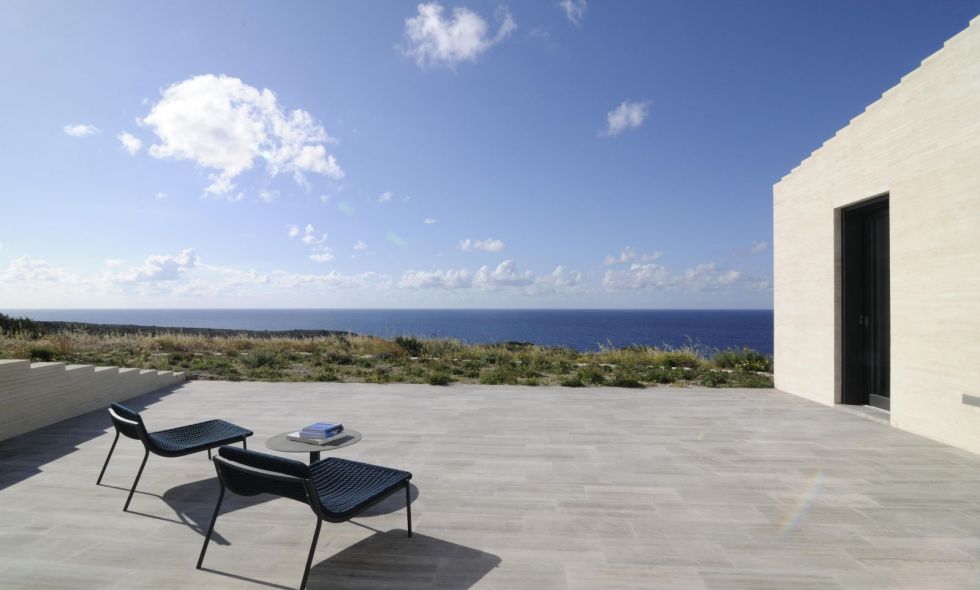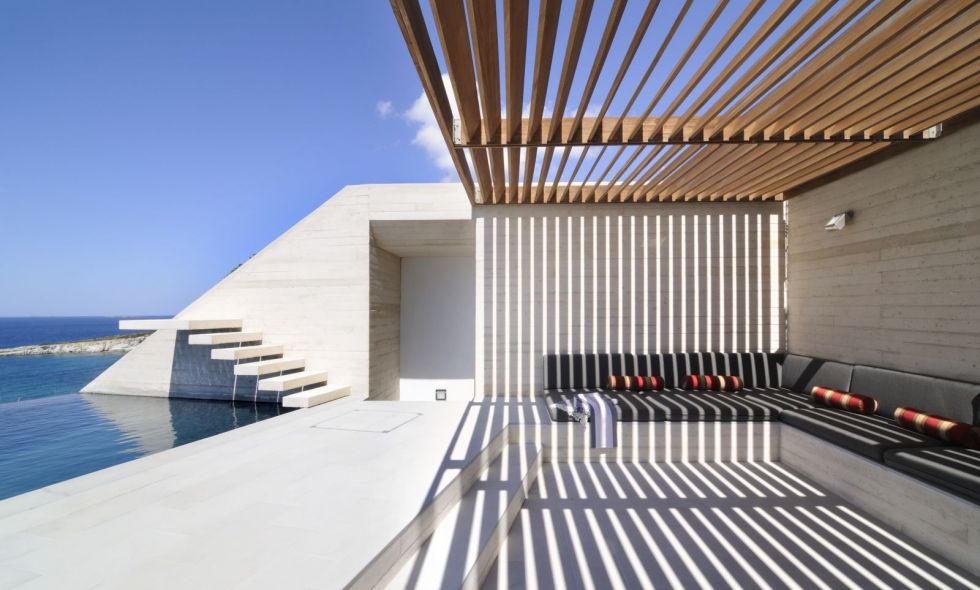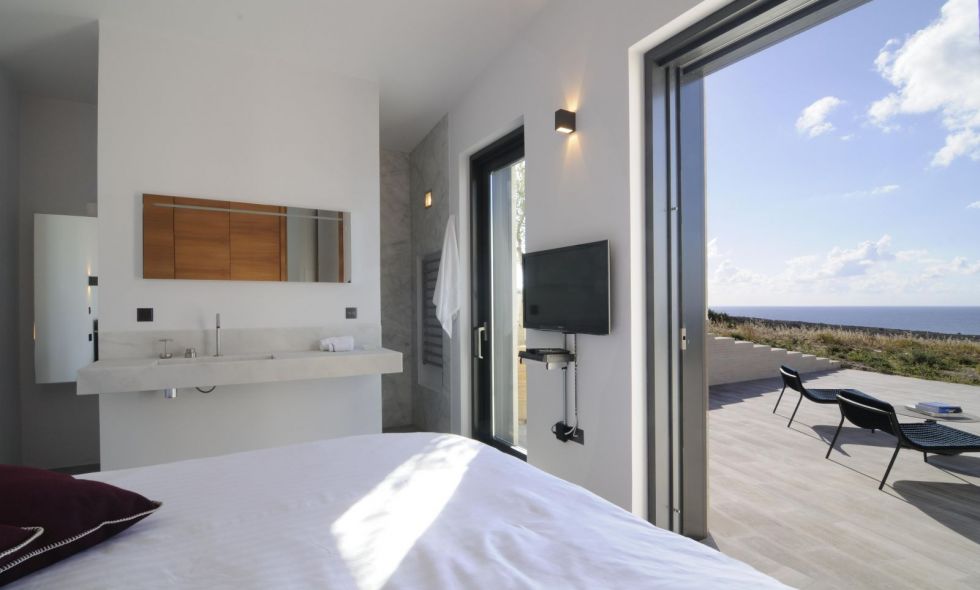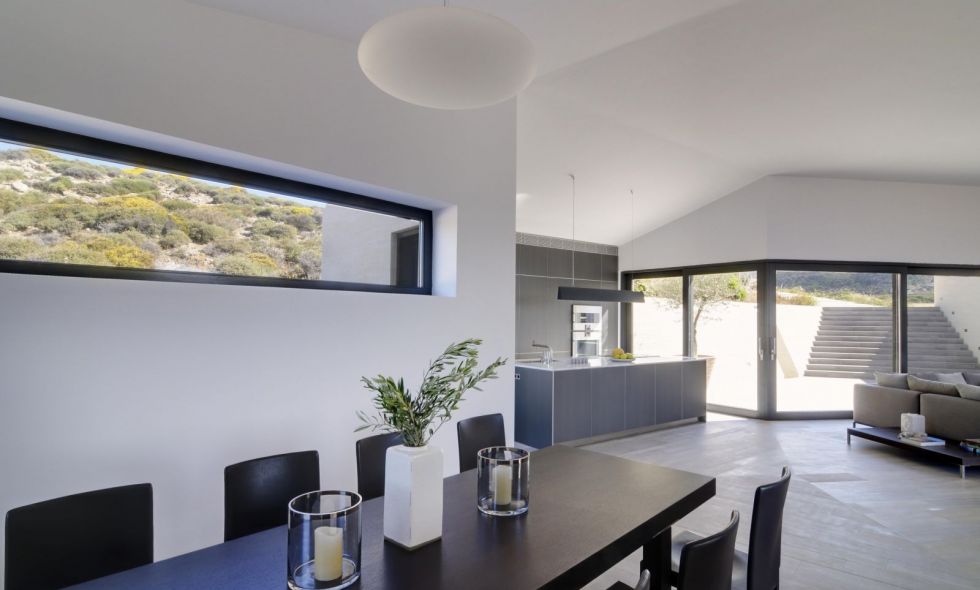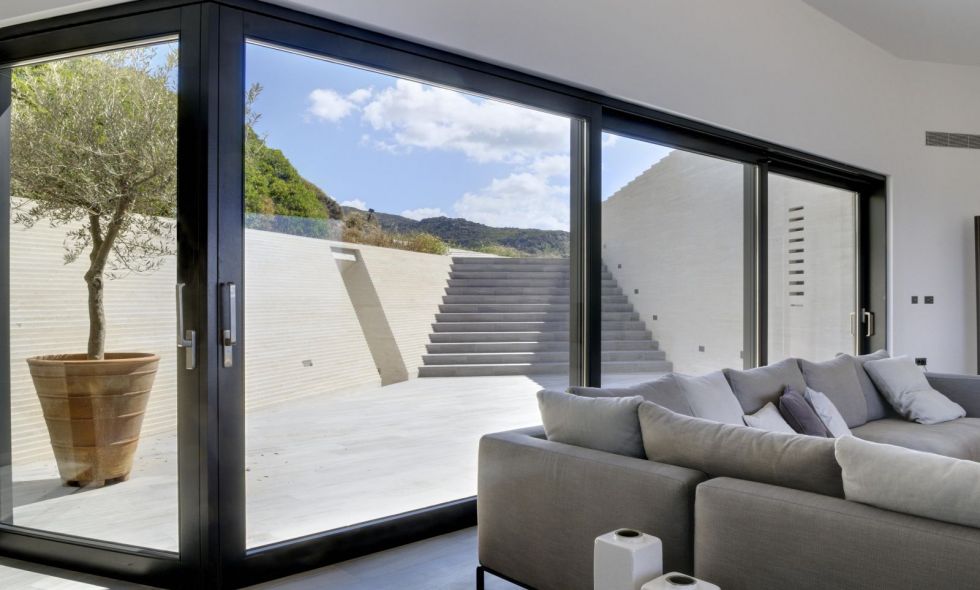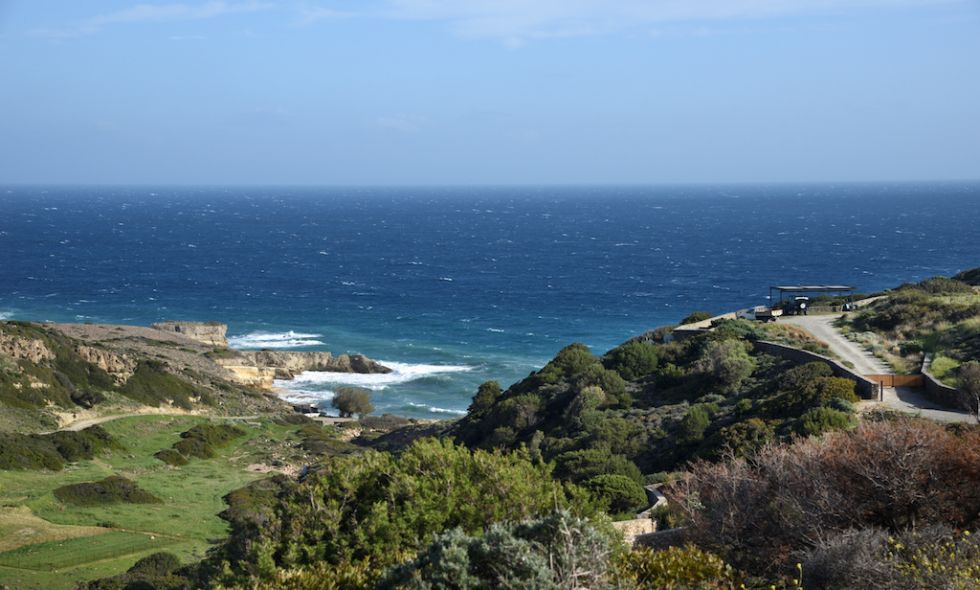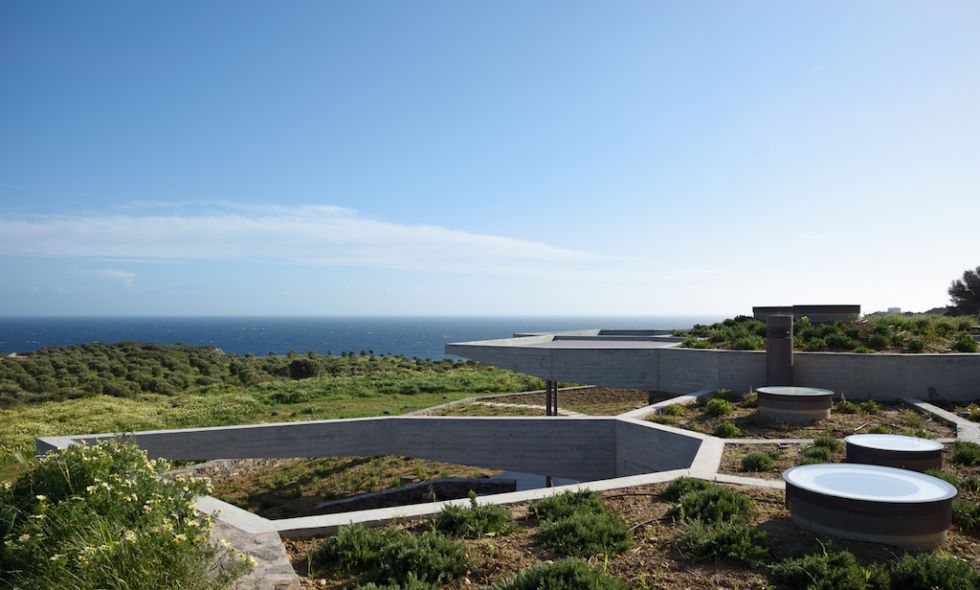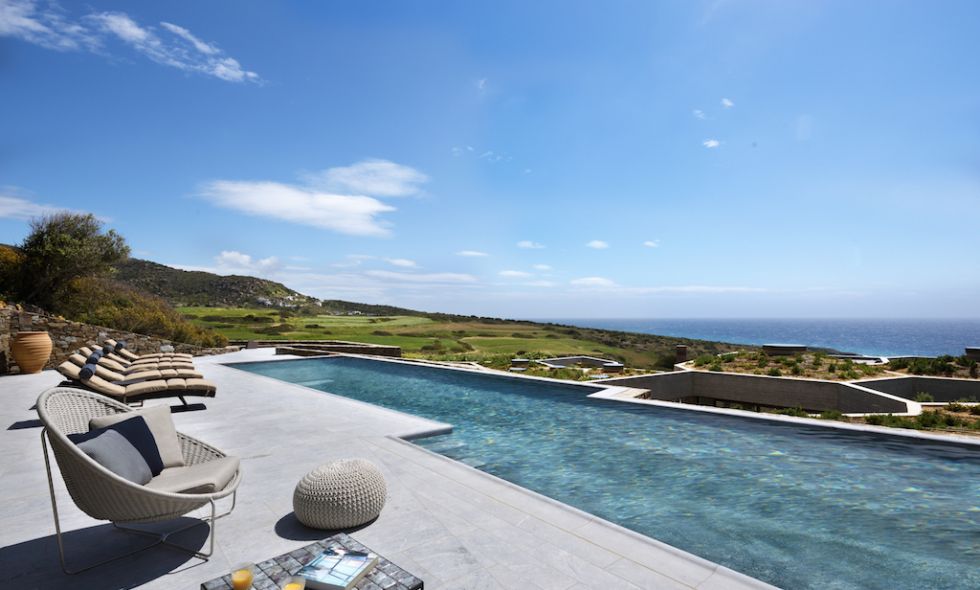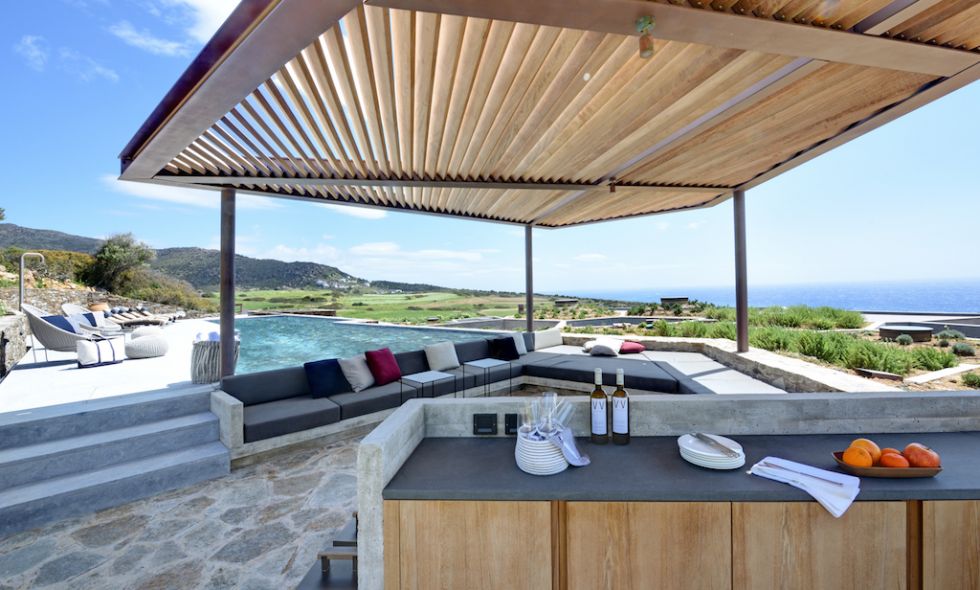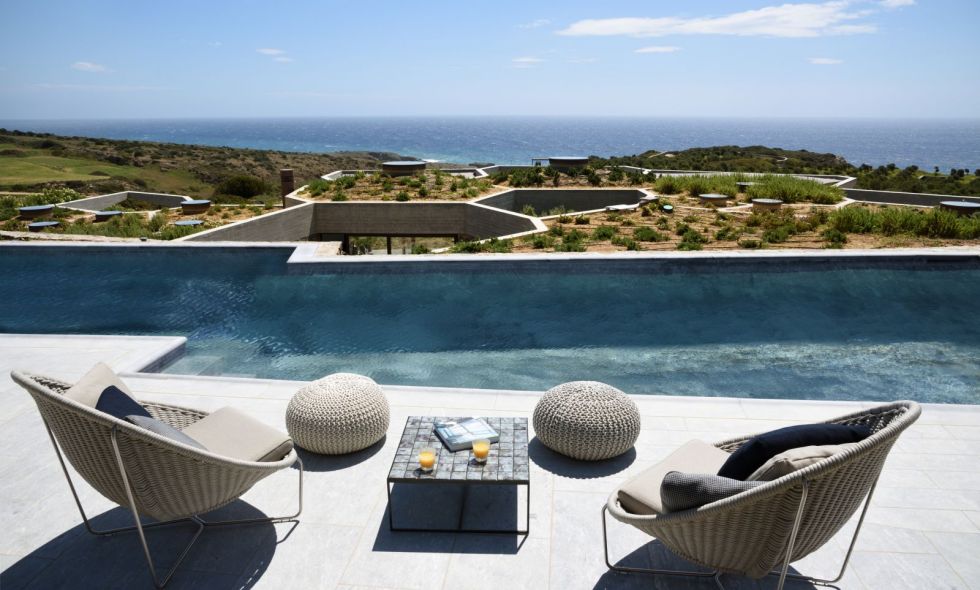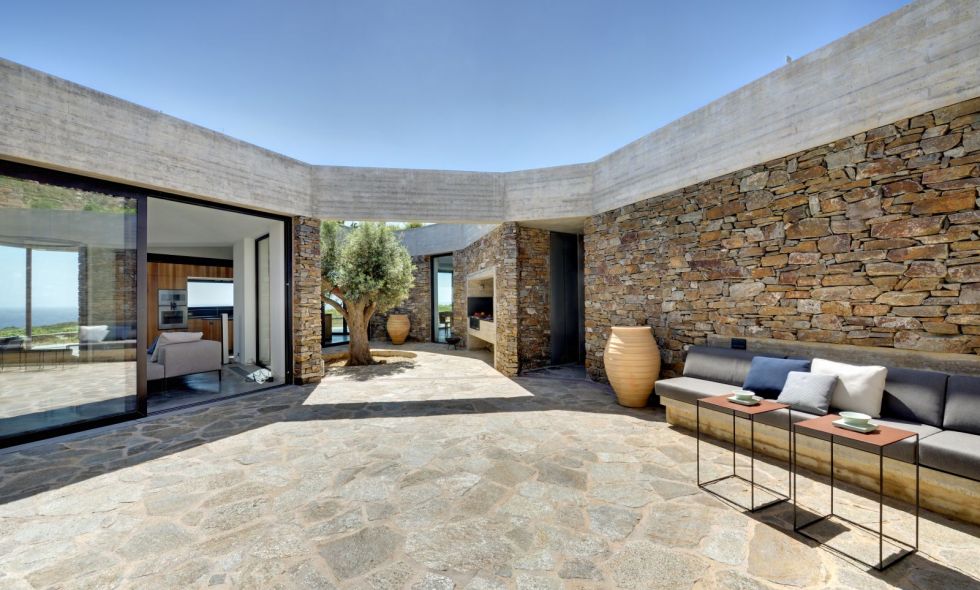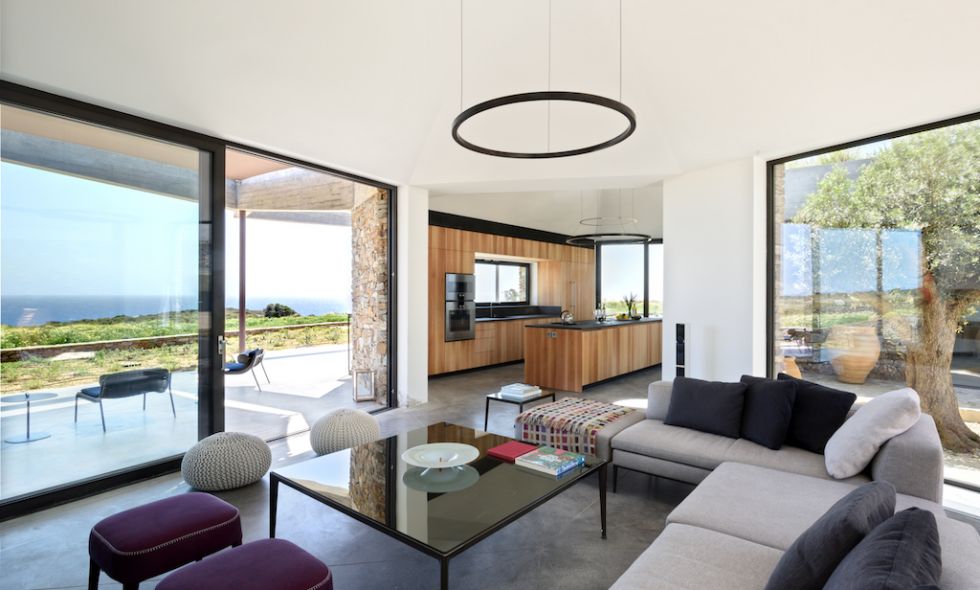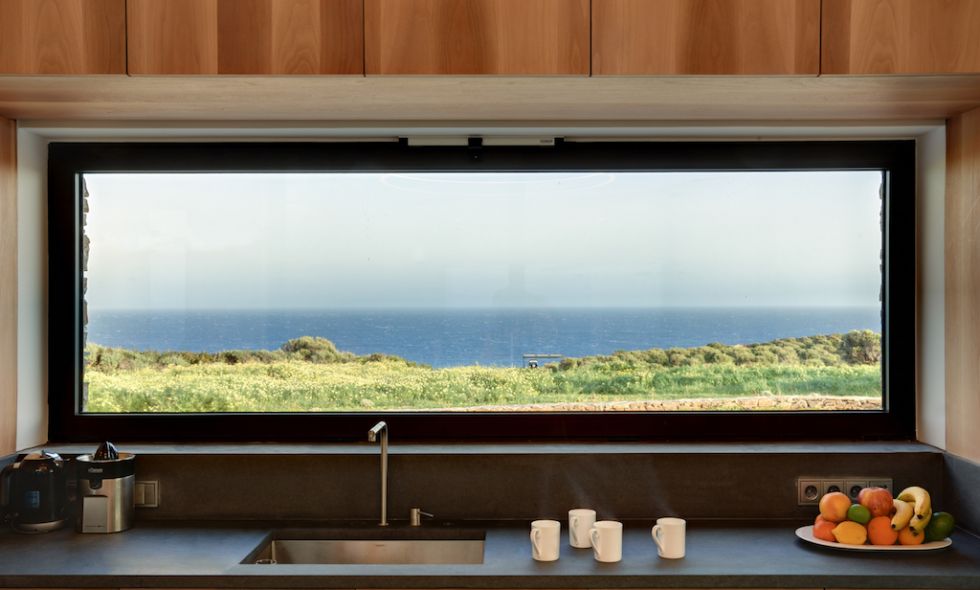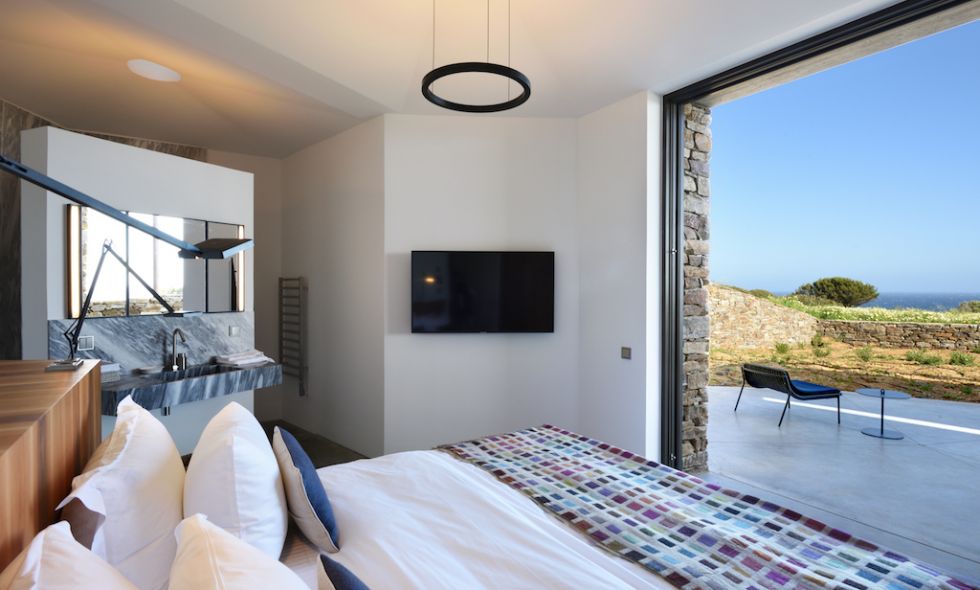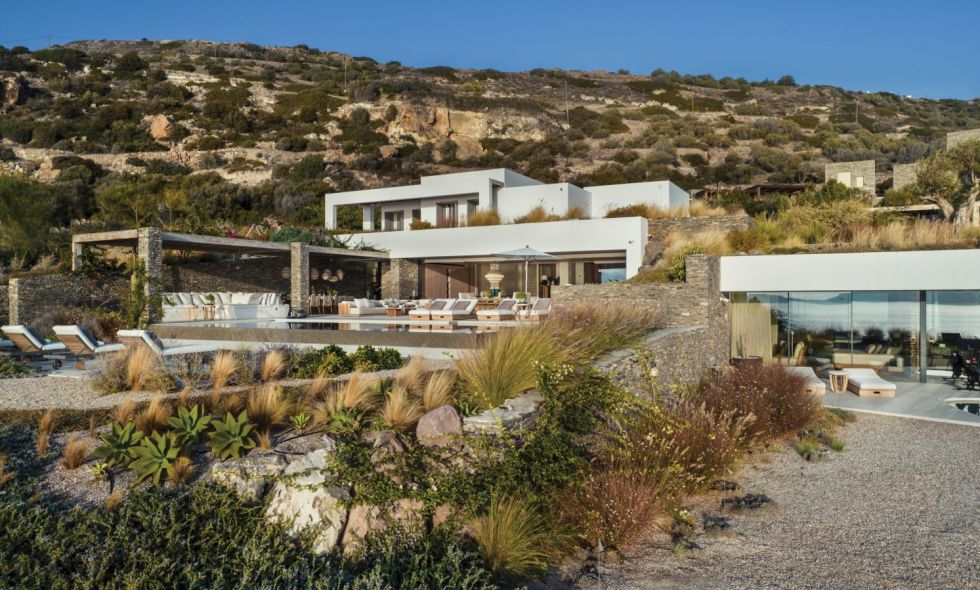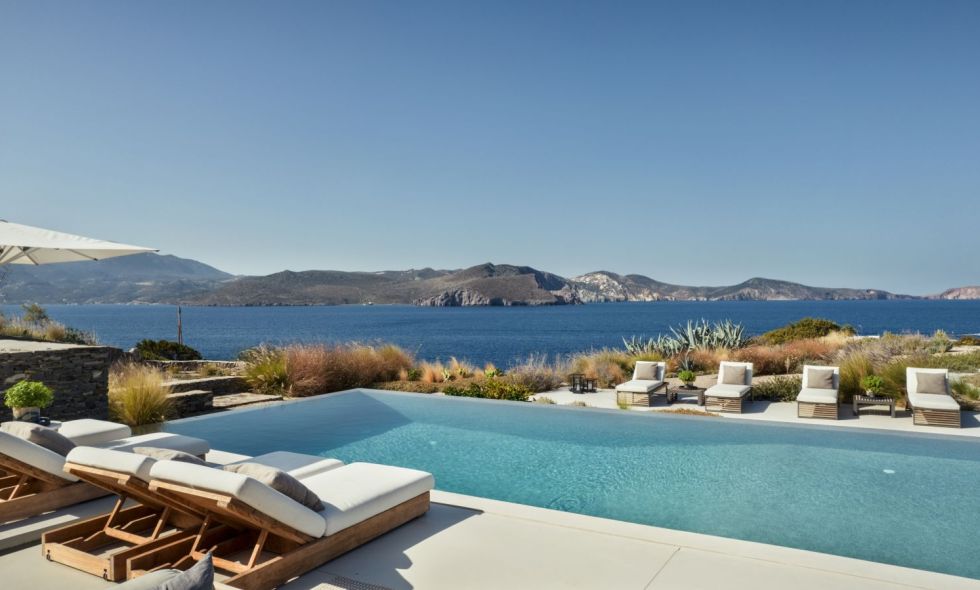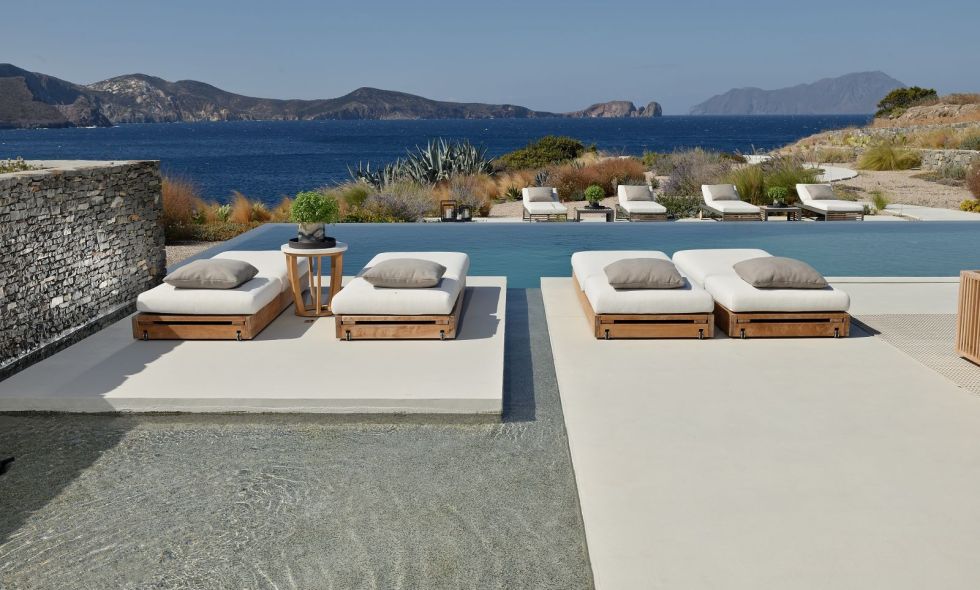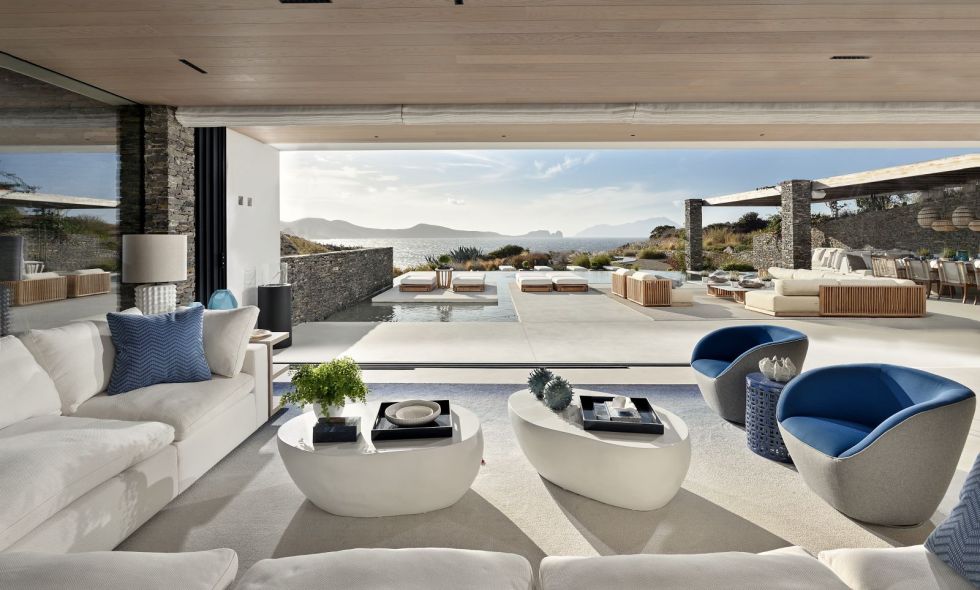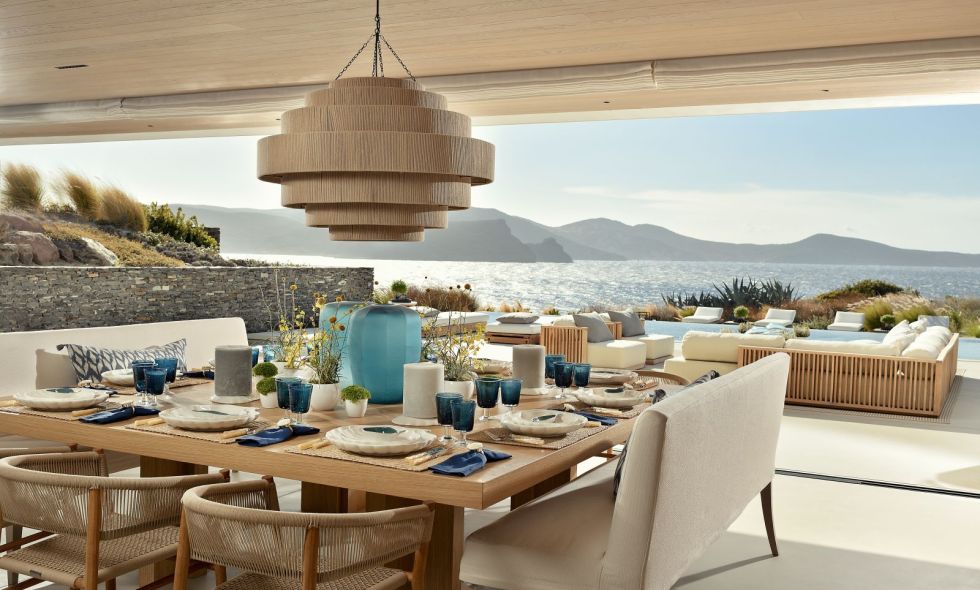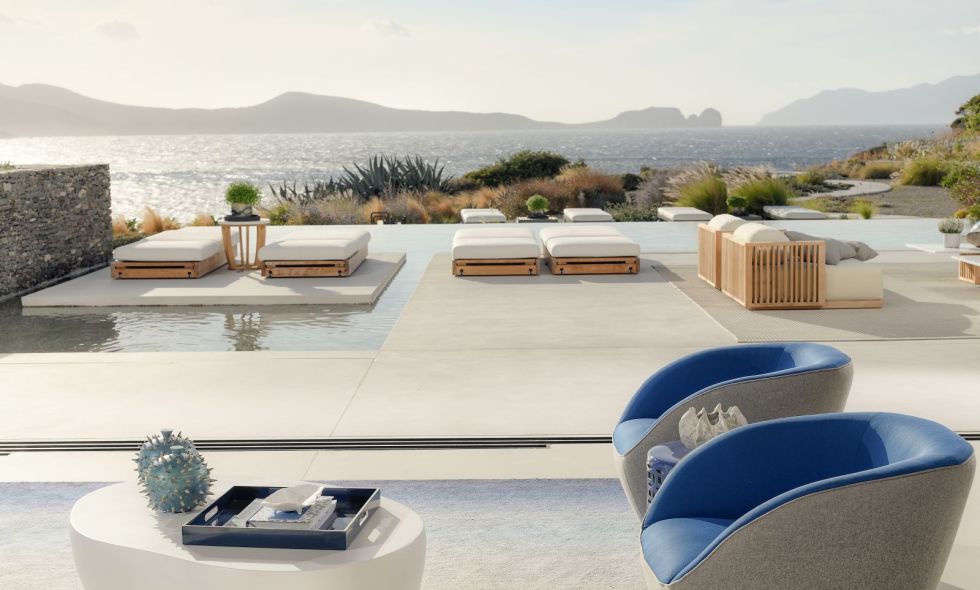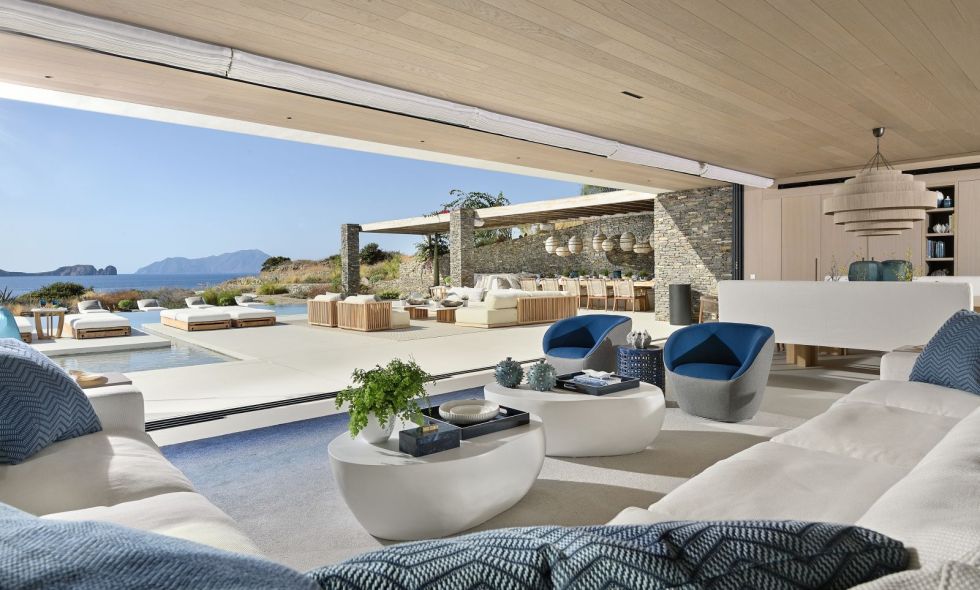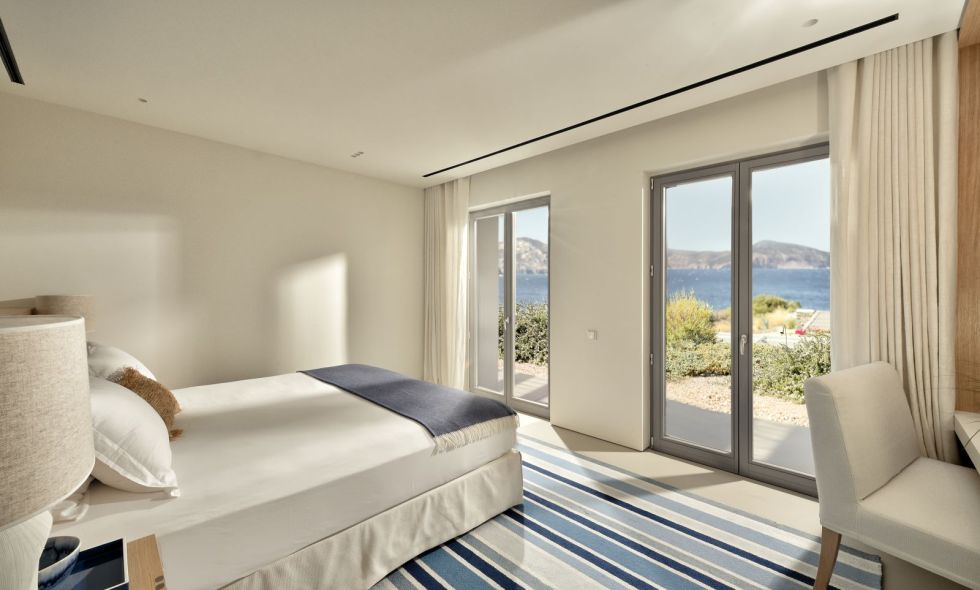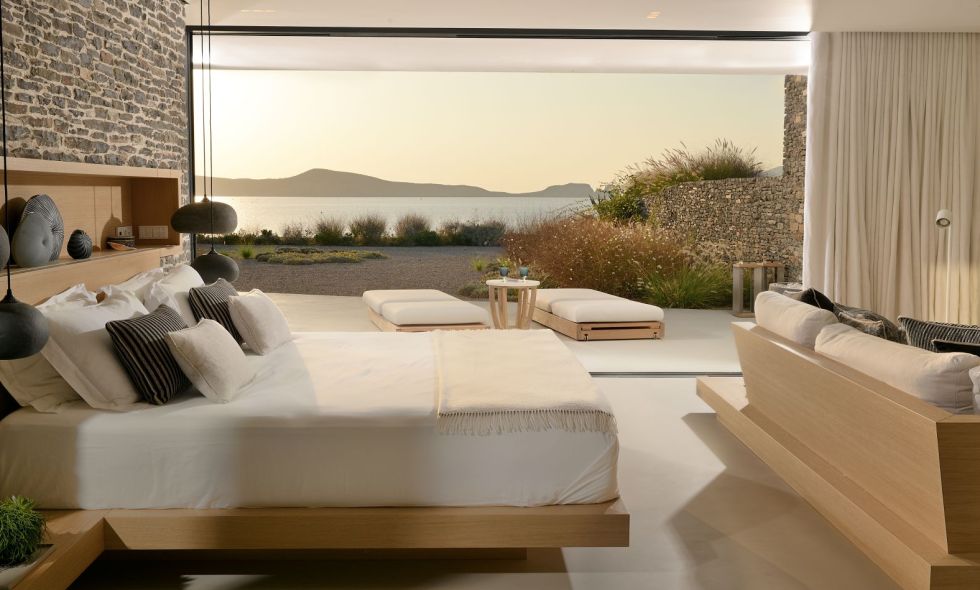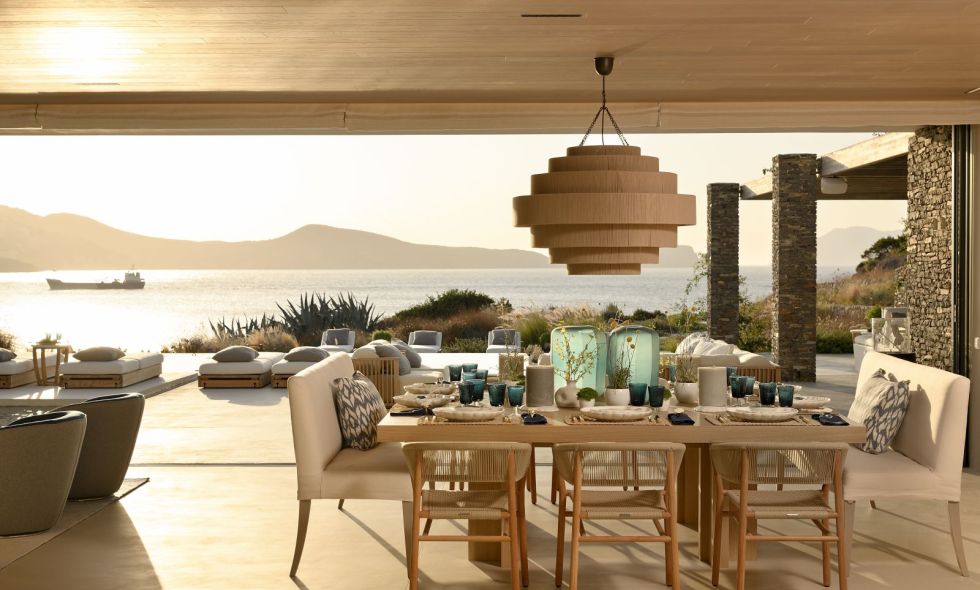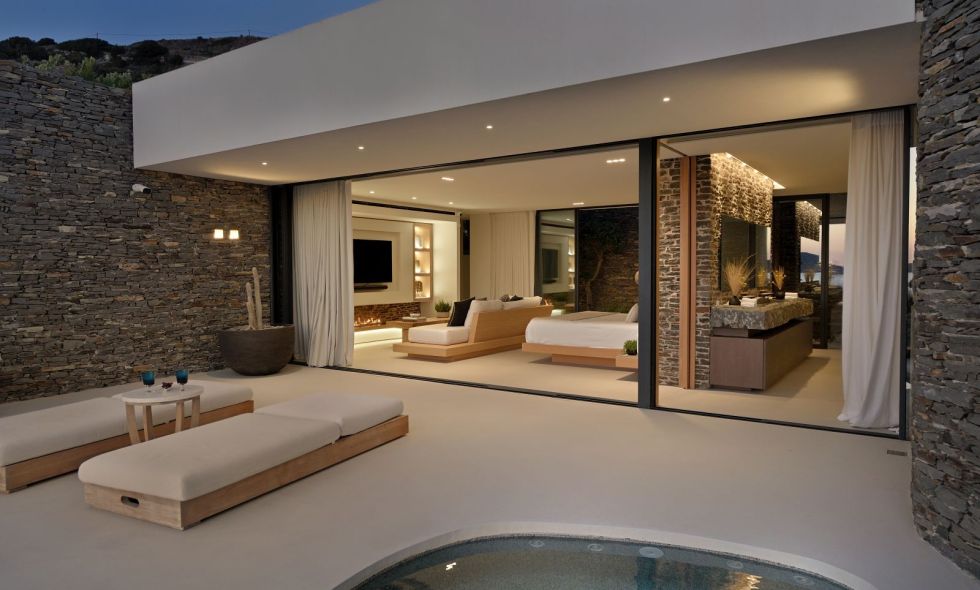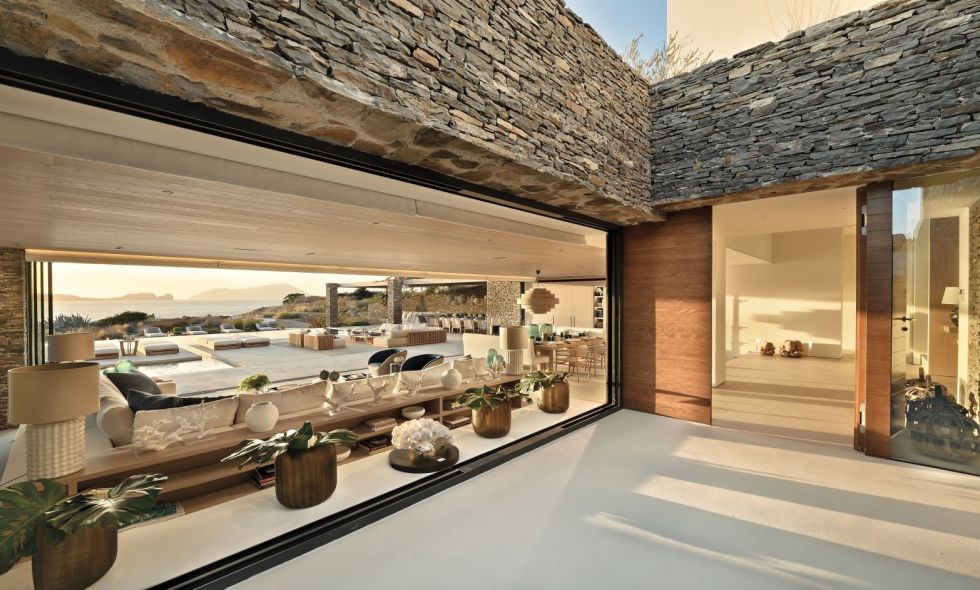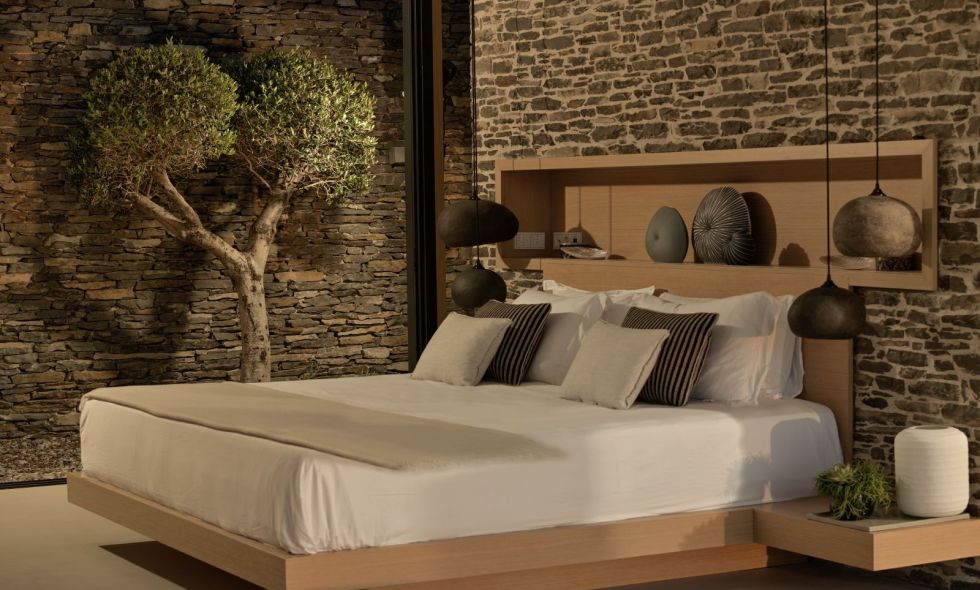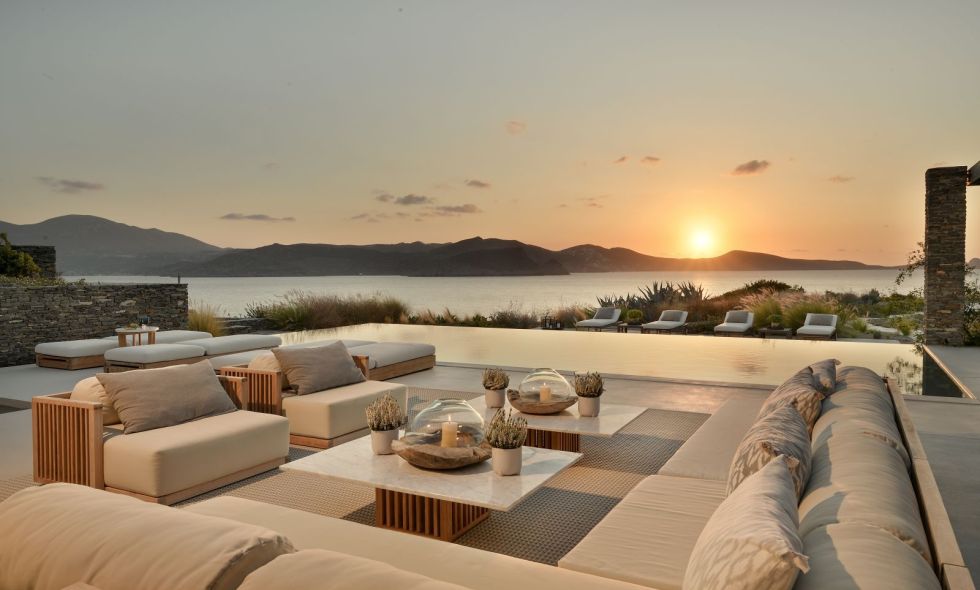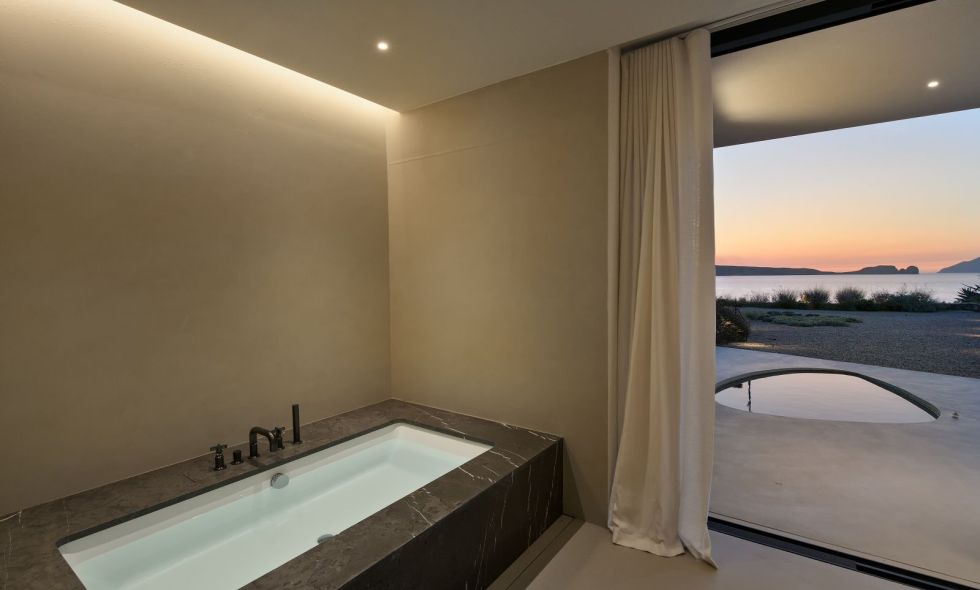In the last few years, Milos has, from being practically unkown, risen up the bucket lists as instagrammers , yachters and travellers have discovered its unique moonscape, coloured beaches, gorgeous mountaintop “Chora” villages and amazing food.
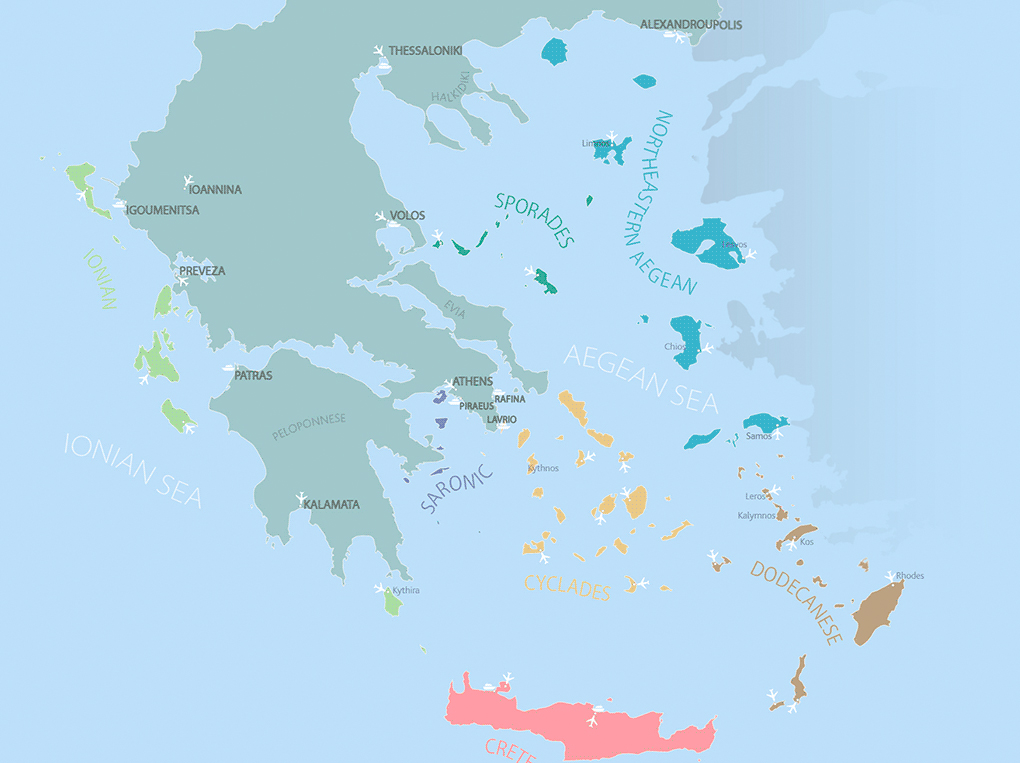
View Map
Milos Portrait
BEST PLACES TO STAY IN MILOS
Milos is different: Largely unspoilt in spite of its astonishing tourist riches, and with huge tracts of nature reserve, it sits on the southwest extremity of the Cycladic Galaxy facing Crete, and lapped by the waters of the Cretan Sea to the south. It rivals Santorini in its weird and wonderful geological riches; lunar landscapes of blinding white rocks, hot springs, fjords, striations of obsidian, manganese, sulphur and other minerals that one would associate with Petra rather than a Greek island, sea caves and beaches. On the other side of the island, man-made colours compete; Milos from the middle ages onwards, was a den of pirates, profiting from their position as the first island you hit as you round the capes of the southern Peloponnese on your way to Constantinople laden with gold and goods to trade. Since then, Melians have carved little boat sheds or “Syrmata” out of their soft and crumbly rock shoreline in hidden creeks, added brilliantly chosen coloured doors, painted the steps, added white chapels, coloured the floors, and generally gone mad with their paint pots. Ridiculously photogenic and picturesque.
As if this weren’t enough, Milos has Roman catacombs, medieval castle ruins, steam geysers, bird sanctuary wetlands, sea caves, gourmet tavernas, historical mines, museums, and somewhere the lost arms of the Venus of Milo, its most famous émigré. The second most famous émigrés were the small group who left for London in 1680, and were granted land to build a Greek church – in a street in Soho now known as Greek St.
BEST FOR
Easy access by plane twice a day in the summer time, (book well ahead!) a Speedrunner that takes cars, a fast Seajet stopping off at Sifnos and Serifos, and conventional slow ferry boat.
Island hopping: Serifos, Sifnos, Kimolos, Folegandros, Santorini and Ios are all connected to Milos by boat.
Good food – Milos attracts some of Greece’s best young restaurateurs for the summer season.
Superb beaches, some of the best in Greece, Mostly sandy and tiny colourful pebbles, more dramatic at the South. There are so many of them that there is always a beach to go to no matter which direction the wind blows. Quite a few are organized with watersports, and many have tavernas.
WORST FOR
We are trying hard to think of what it is worst for – we will let you know once we think of something….. Tourism is only the second largest industry here, so the Melians have not been tempted to spoil their island in the name of Mammon; the biggest complaint about Milos is that there is nowhere to stay….In spite of this, little; laid back Pollonia is becoming so hip in the boating world, that tables have to be reserved in August.
WOULD SUIT
Young people wanting chilled beach days followed by relaxed but lively nightlife, groups of friends, families with children, hikers, geologists, photographers, beach nuts, pebble collectors, restless husbands who want to explore and sightsee, people wanting a Cycladic classic, historians (Thuycidides has left us an account of the Milian dialogue of 415 BC Peloponnesian war “Might is Right”)
WOULD NOT SUIT
Not the best choice for people-spotting, or for international style glitz and cosmopolitan glamour as there are no fancy hotels and few upmarket villas.
THINGS TO DO IN MILOS
The fabulously picturesque waterfront hamlets in the north, like Klima and Fyropotamos with their brilliantly coloured boat houses.
Sunsets from very picturesque and unspoilt village of Plaka, with views to rival Santorini’s. Gorgeous sunsets also in Pollonia by the sea.
Excellent food in Pollonia, some of the restaurants are run by young chefs who cook really well. Some good places are: Gialos for inventive cooking, Armenaki and Armyra for more traditional food, and Liofyto. “Ice cream traditional shop”: for homemade sweets and pies.
In Adamantas: O’Hamos down at the beach
In Plaka: Diporto, Afentoula and try the Bar Outopia breathtaking views.
The Medoussa in Mandrakia beach
The Beaches – The highlight for most people is Sarakiniko bay with its famous white moonscape of twisted pinnacles, caves, dazzling white rocks and turquoise waters
Papafrangas Caves with their electric blue waters.
Plathiena Beach and Mandrakia cove for natural beauty spots. Fyriplaka for the most beautiful colours and setting of all.
ACTIVITIES
Take a day trip on a tourist boat or charter a whole boat yourself, and sail along the Southern coast beaches up to Kleftiko, and Papafrangas caves.
Scuba diving, sea kayaking, snorkeling, trekking to see the fumerolles of the extinct volcano.
The early Christian catacombs near Tripiti are the second largest in the world after Rome.
The folklore and the archaeological museum in Plaka. The mining museum in Adamantas
The Ancient Roman theatre which is sometimes still used.
We do not show villa details on our site to protect the exclusivity of our owners’ properties. We offer a unique personal service to locate the perfect villa or yacht for you – to see villa details and get our expert guidance and insight please get in touch.
Our Villas in Milos
Read about our villasMilos is desperately short of really good villas, the ones we have found are amazingly beautiful - the unique landscape and remotely wild setting particularly suit modern architecture, which, as the Cyclades are usually strict about keeping to the white-washed cubic idiom, is a welcome change. Grass-roofs, sliding glass doors, muted use of natural materials and purity of line all look amazing and function beautifully.

